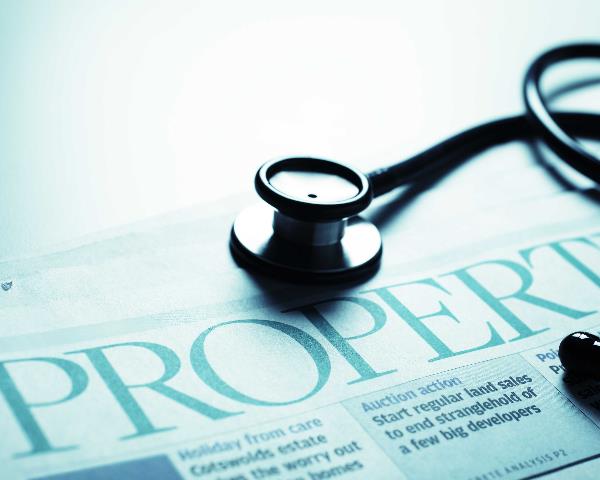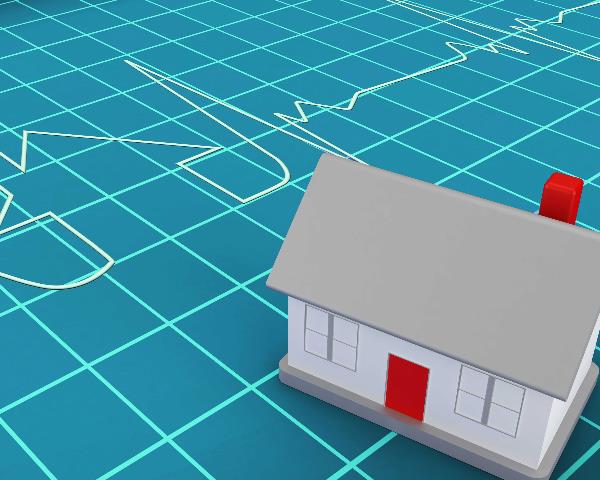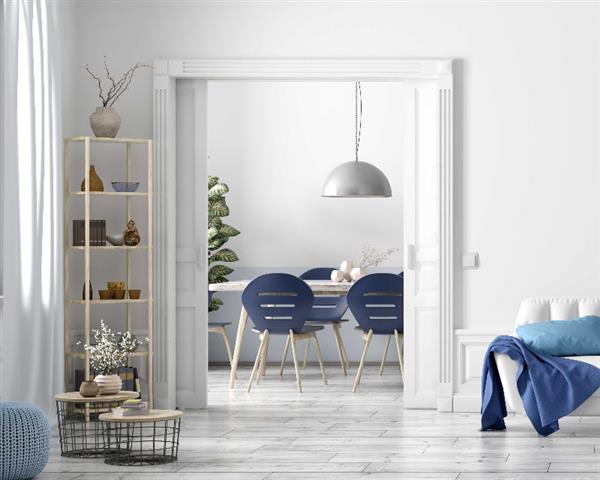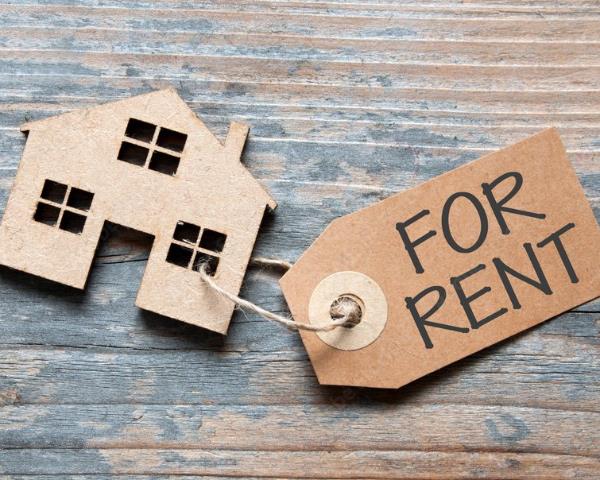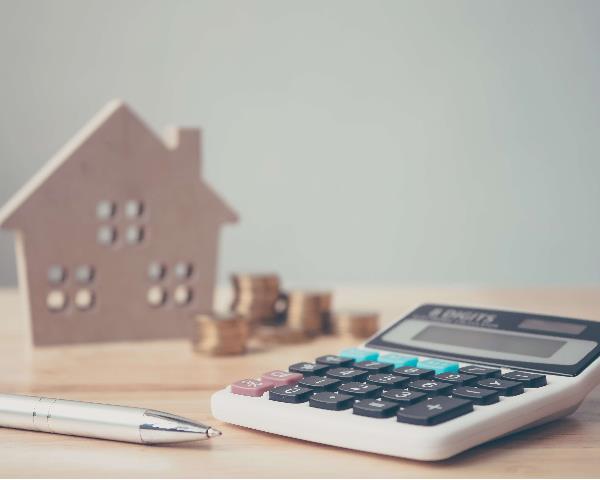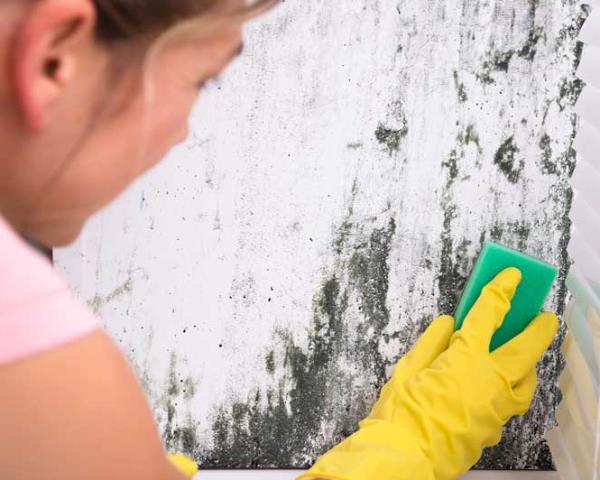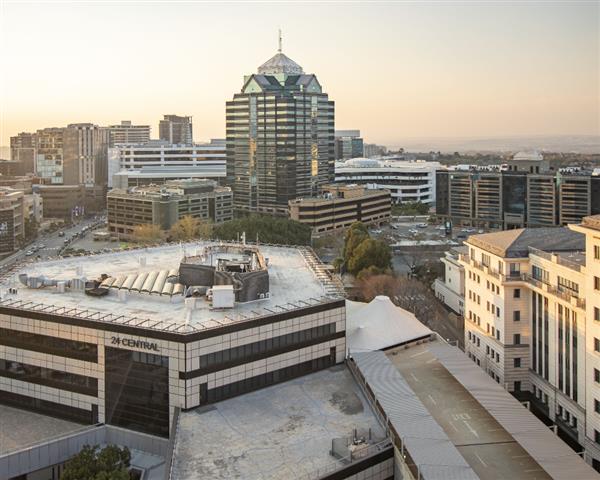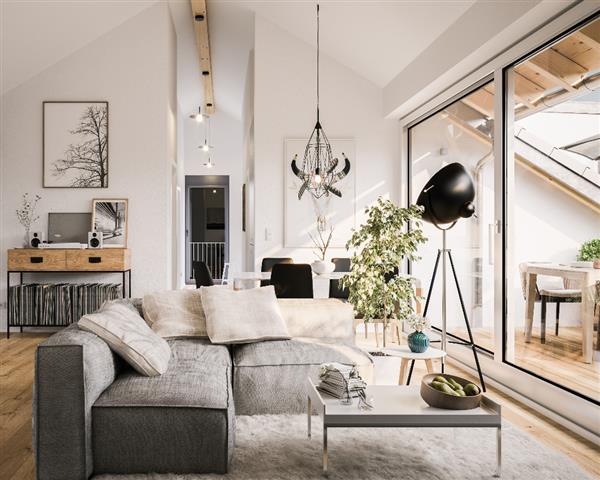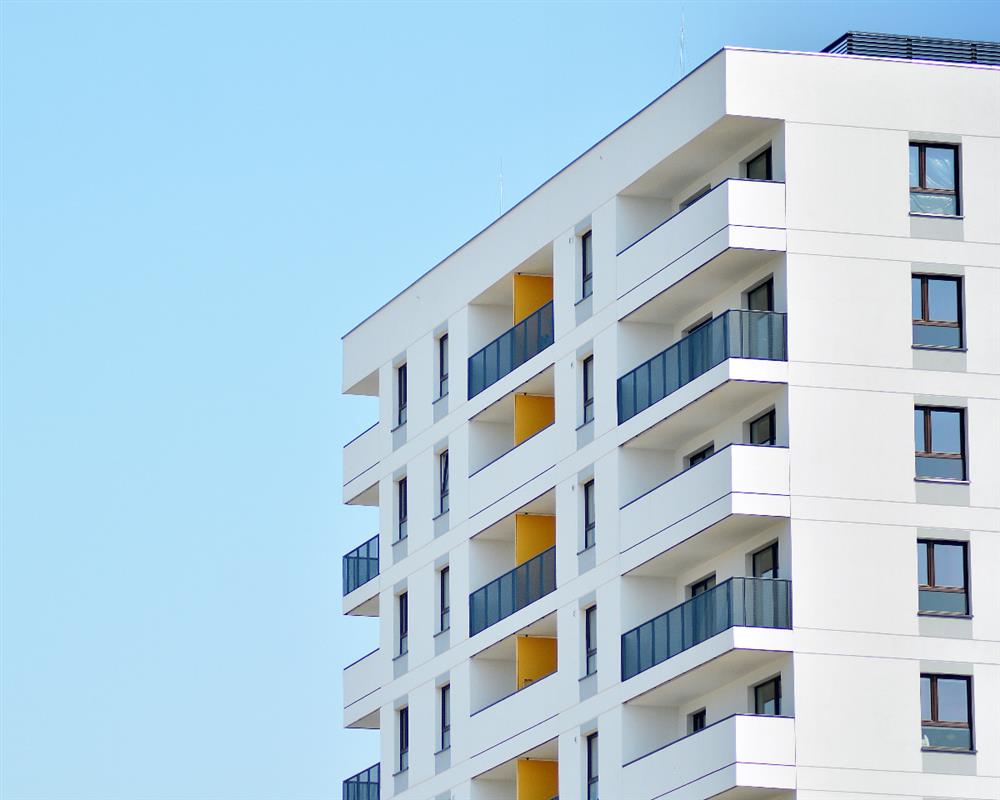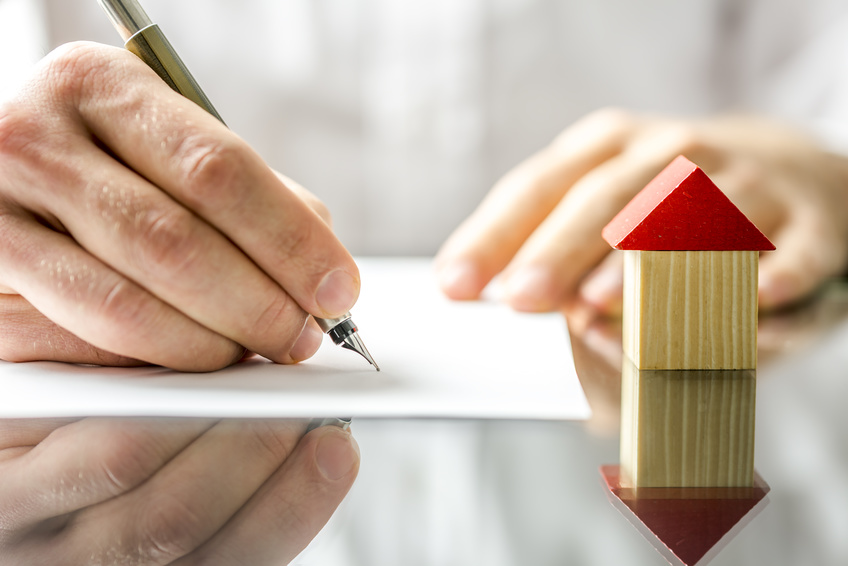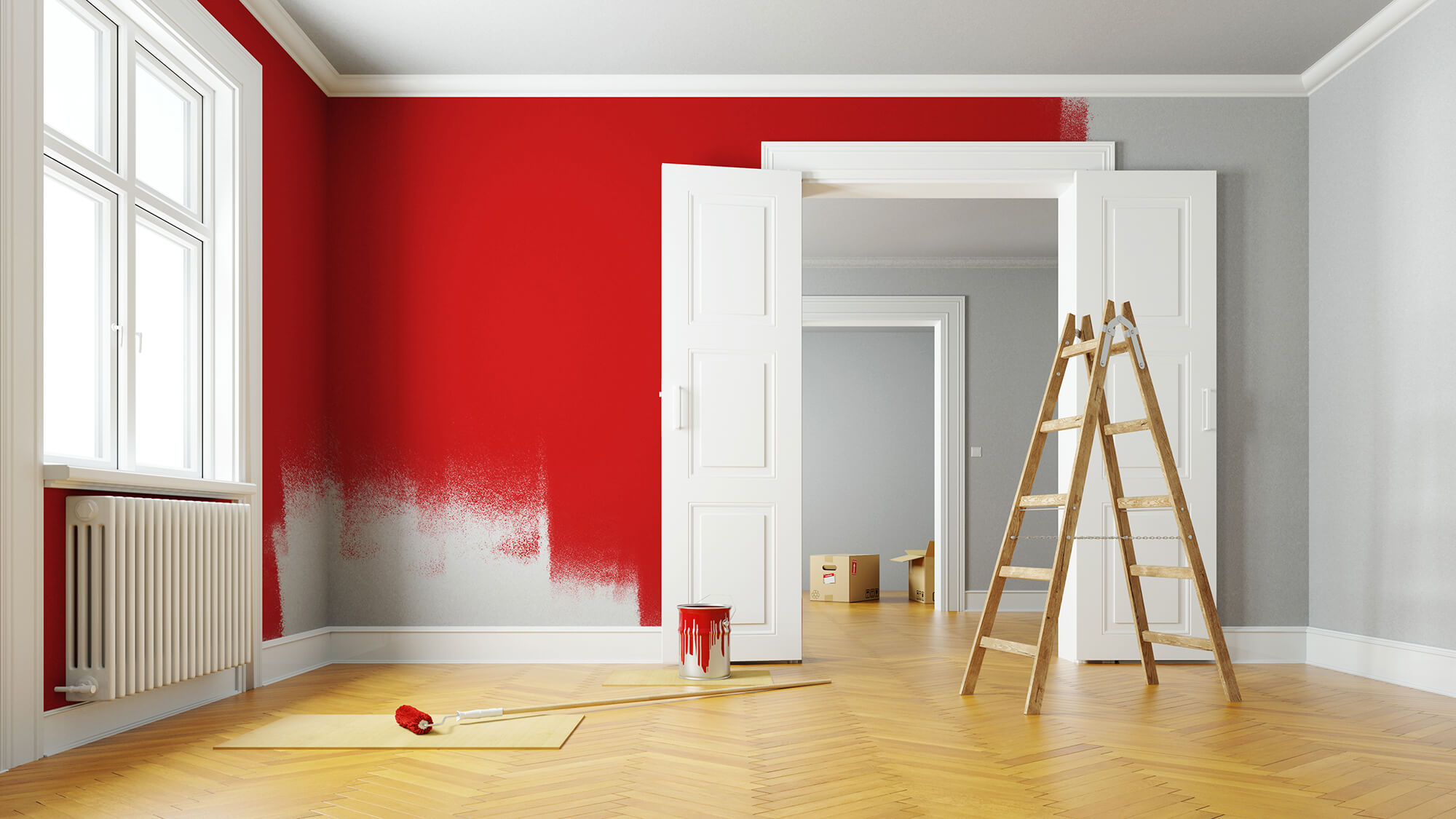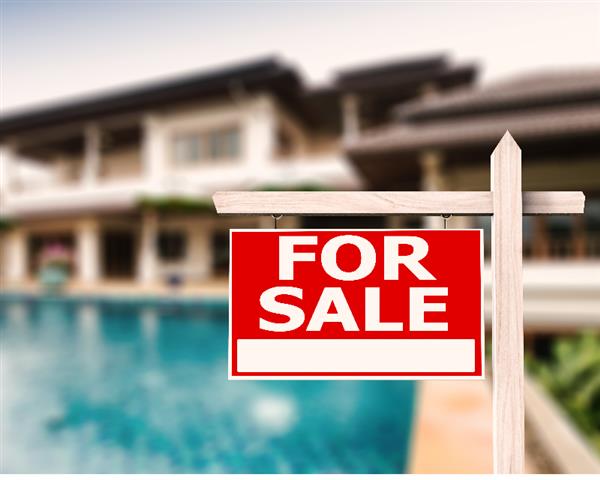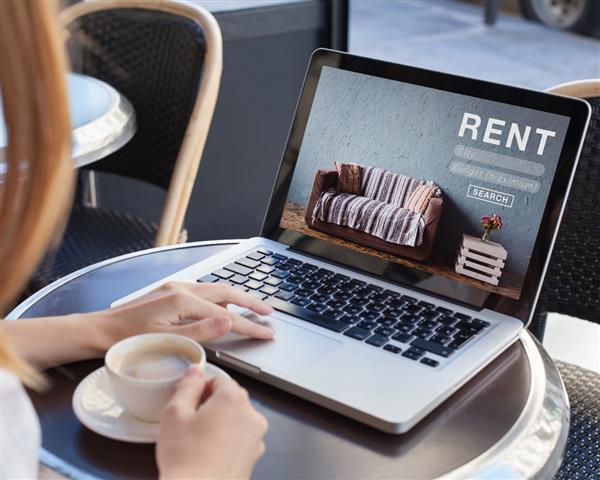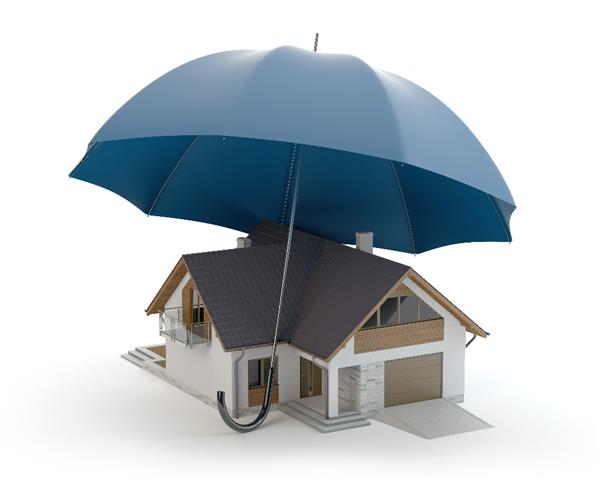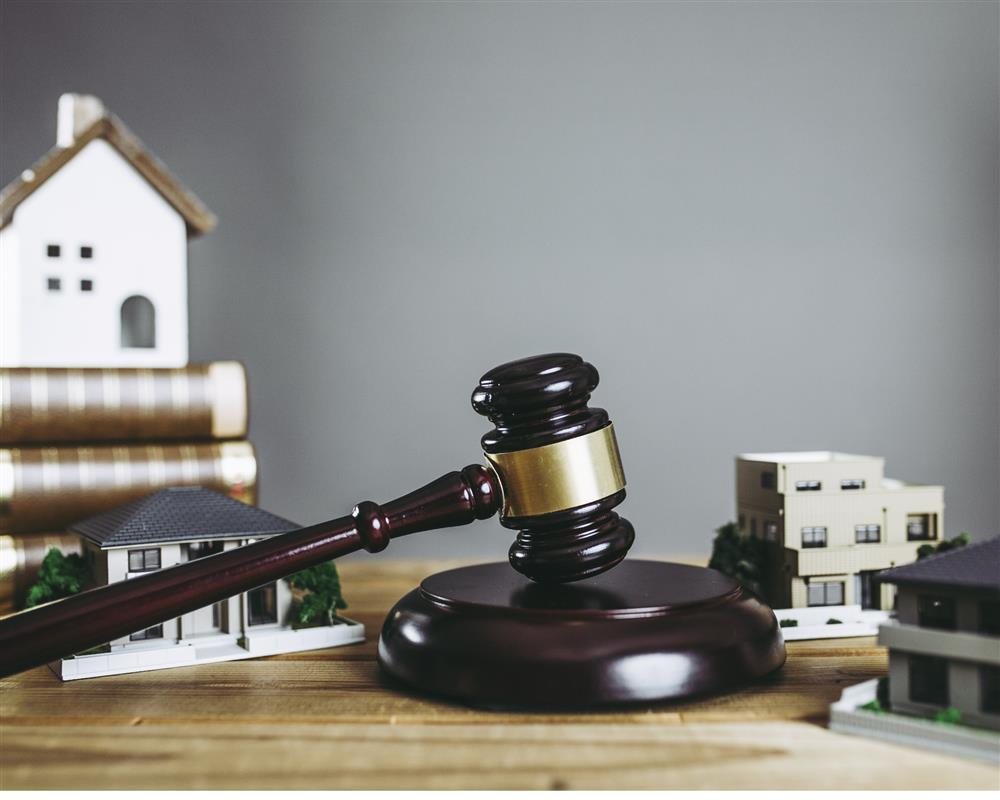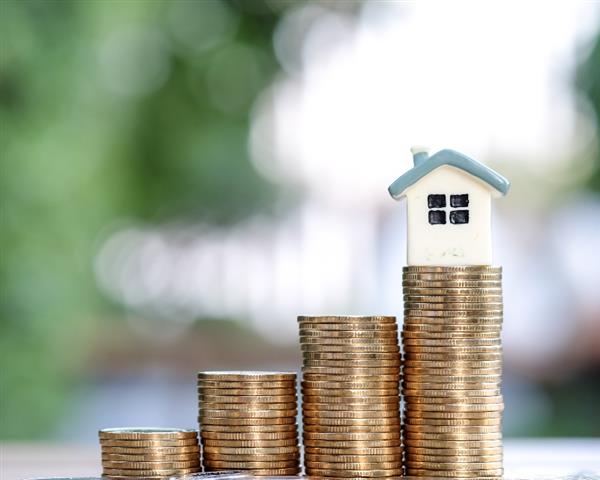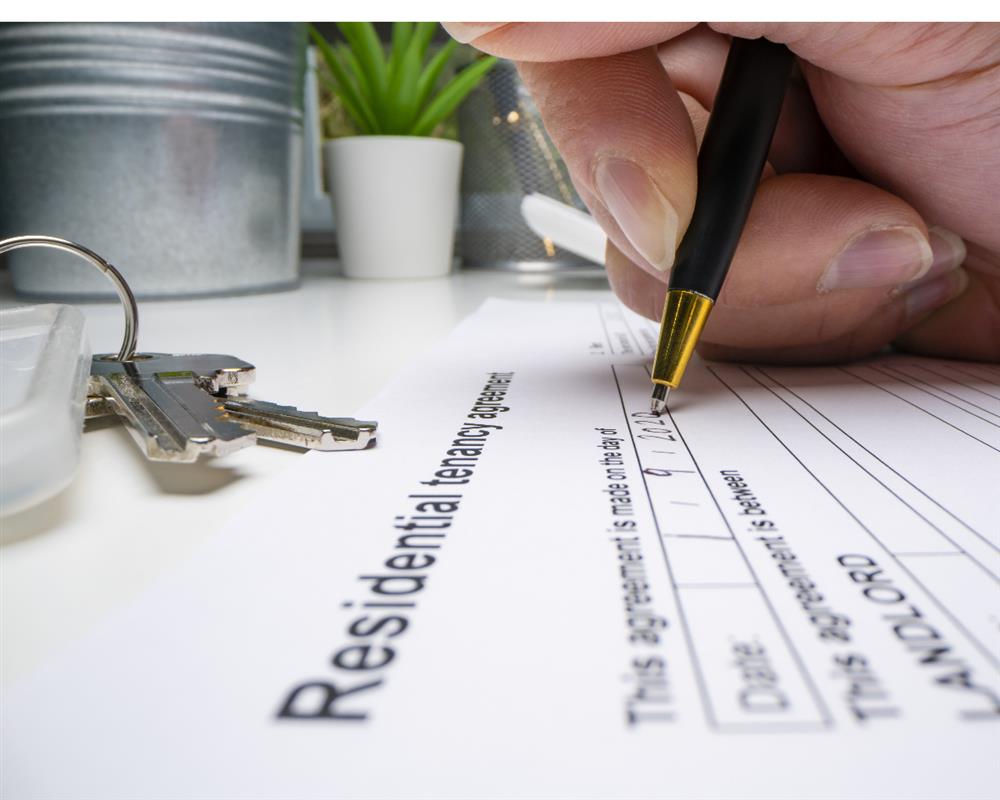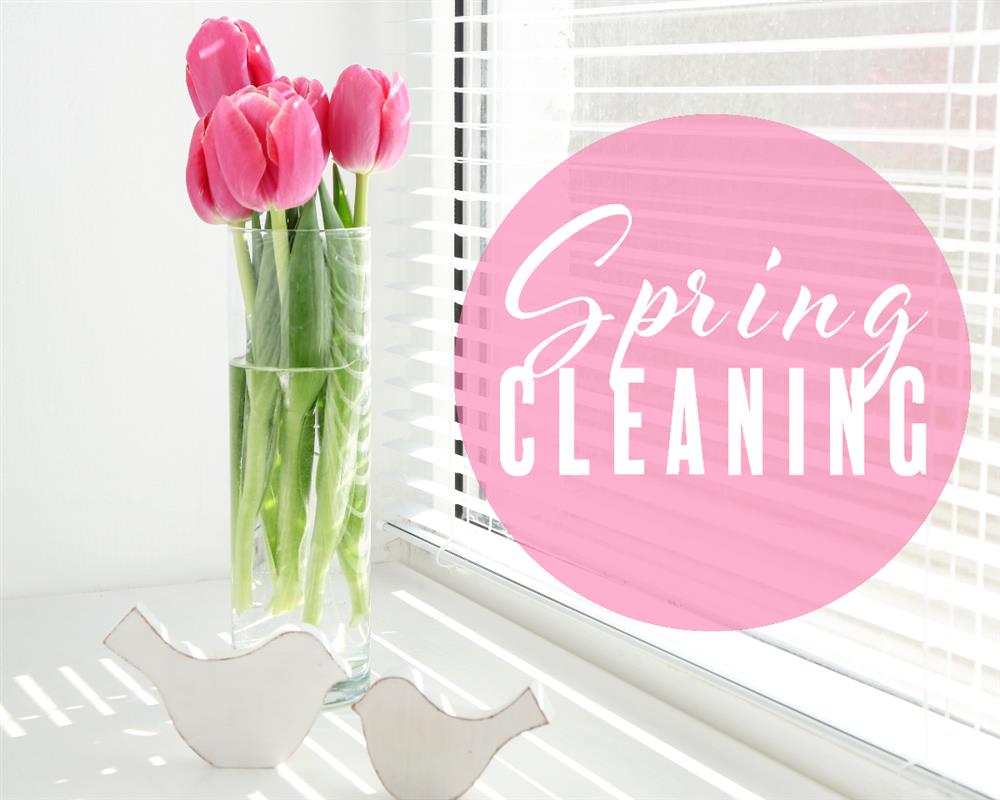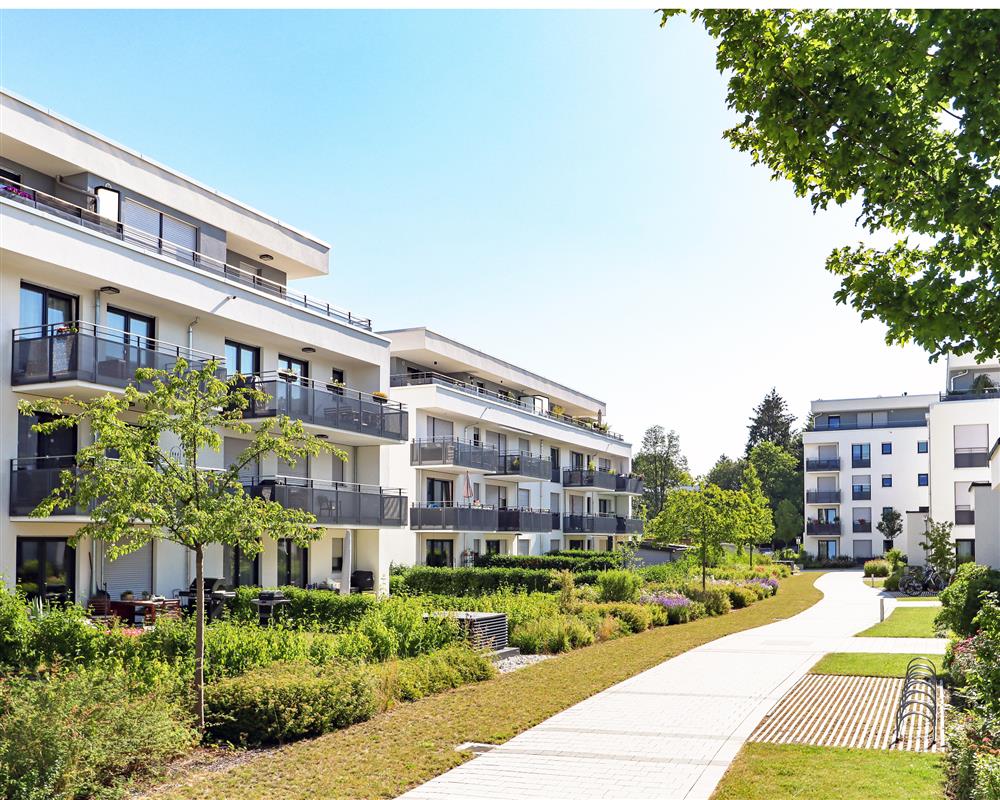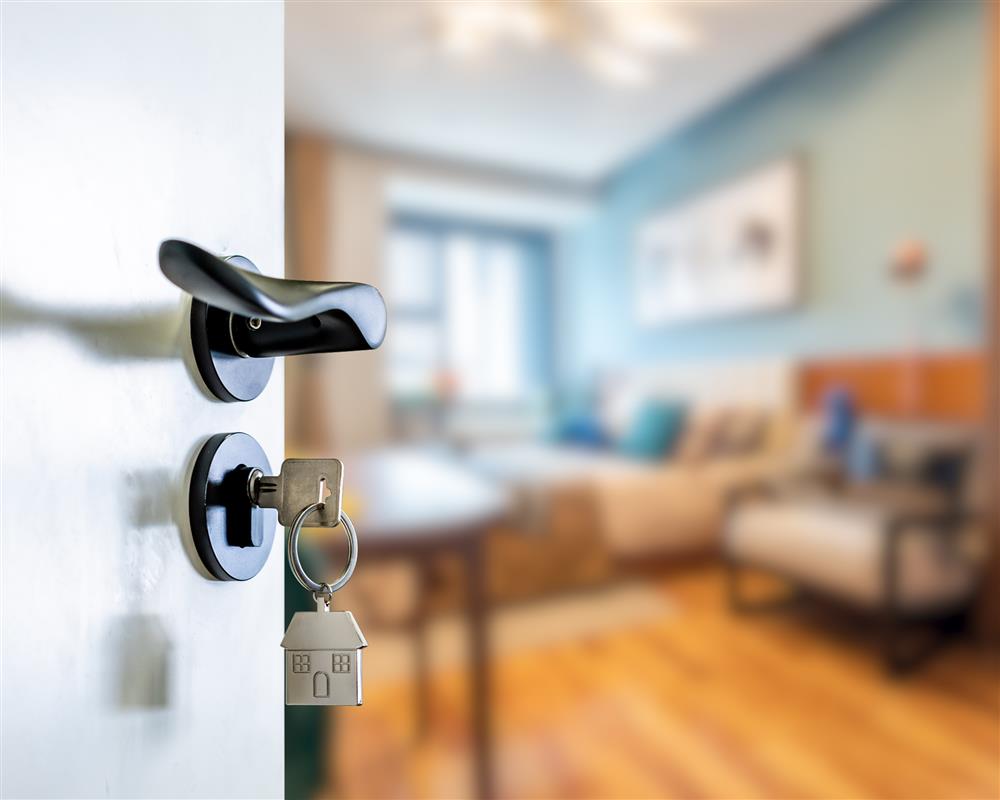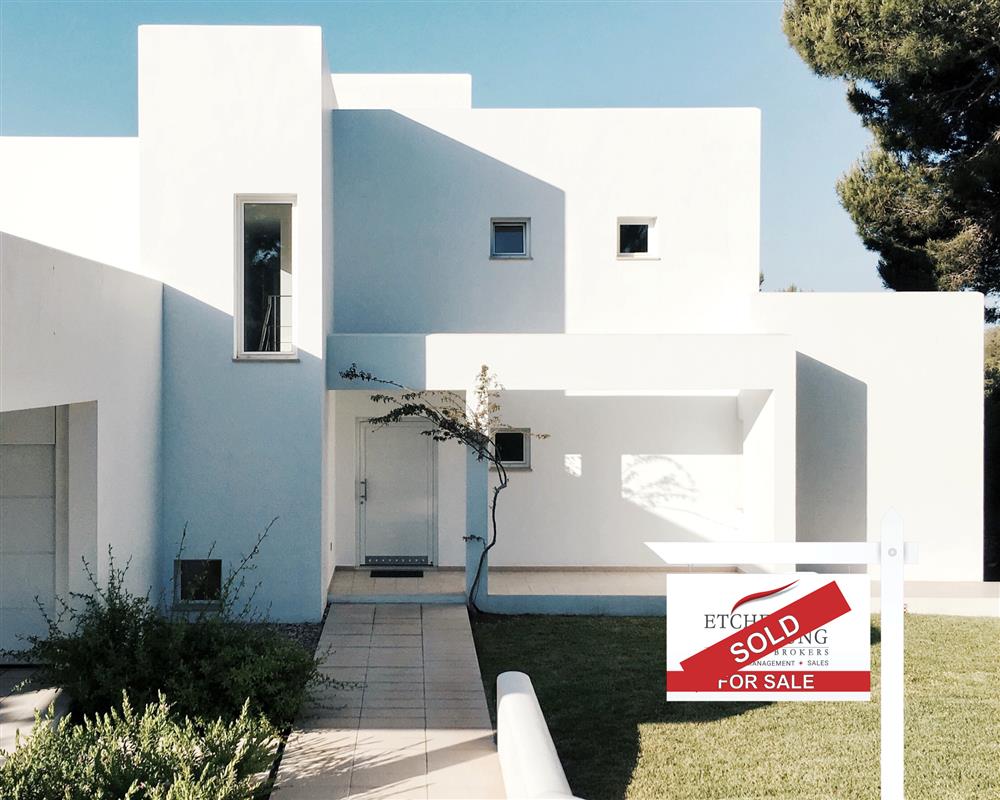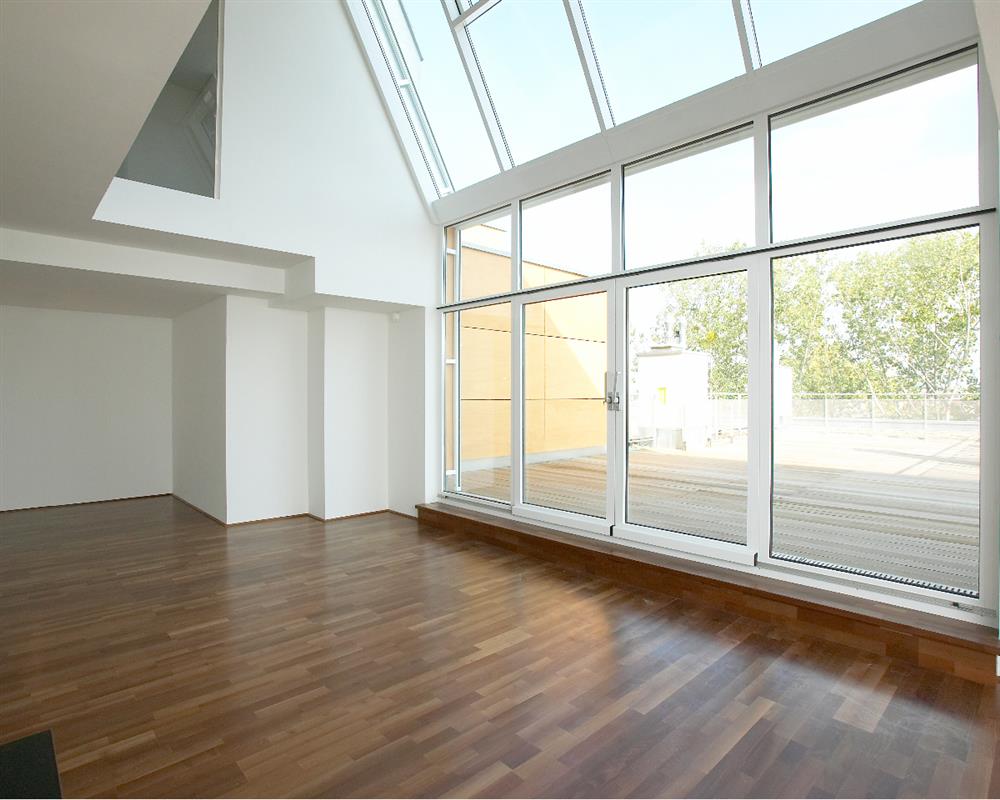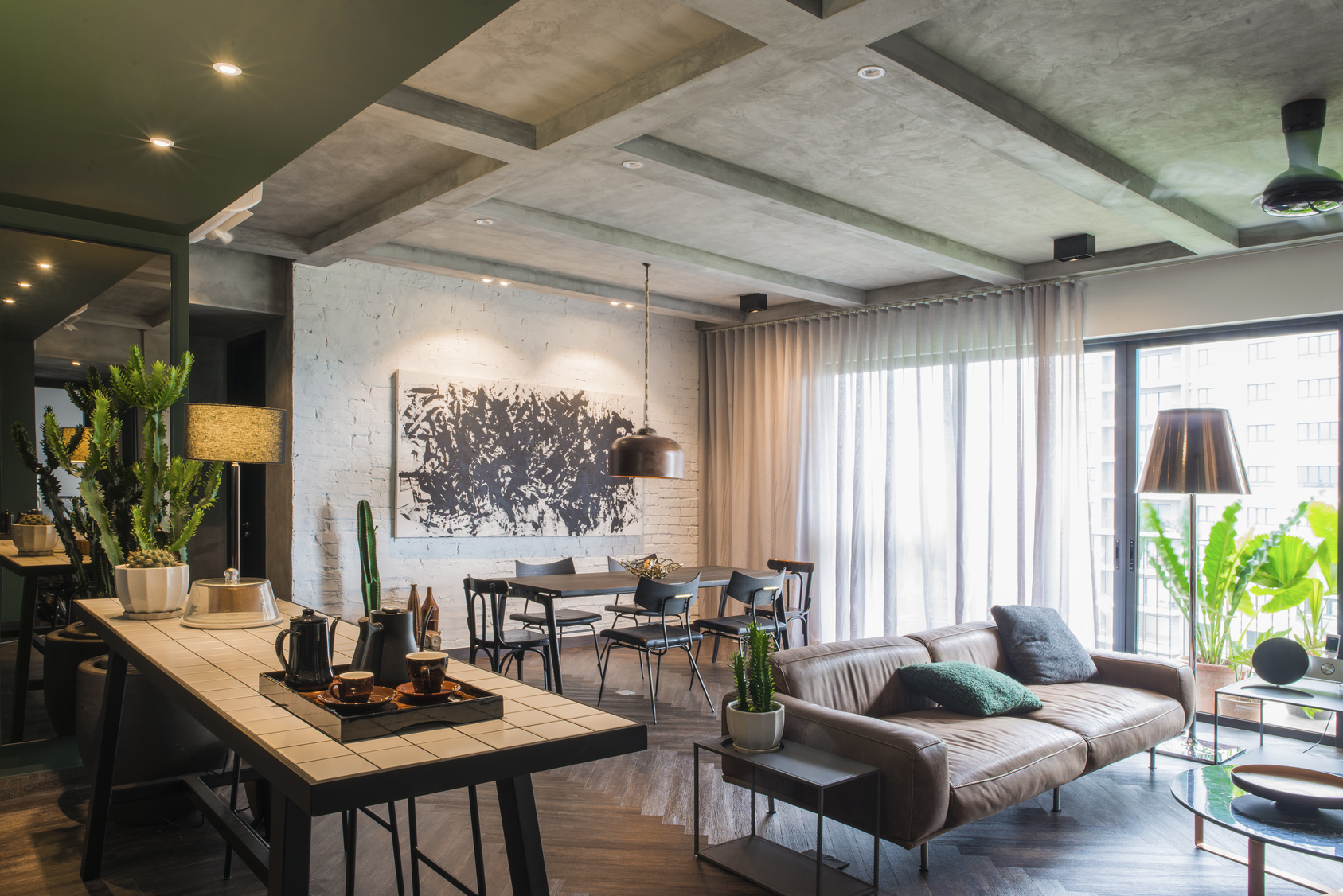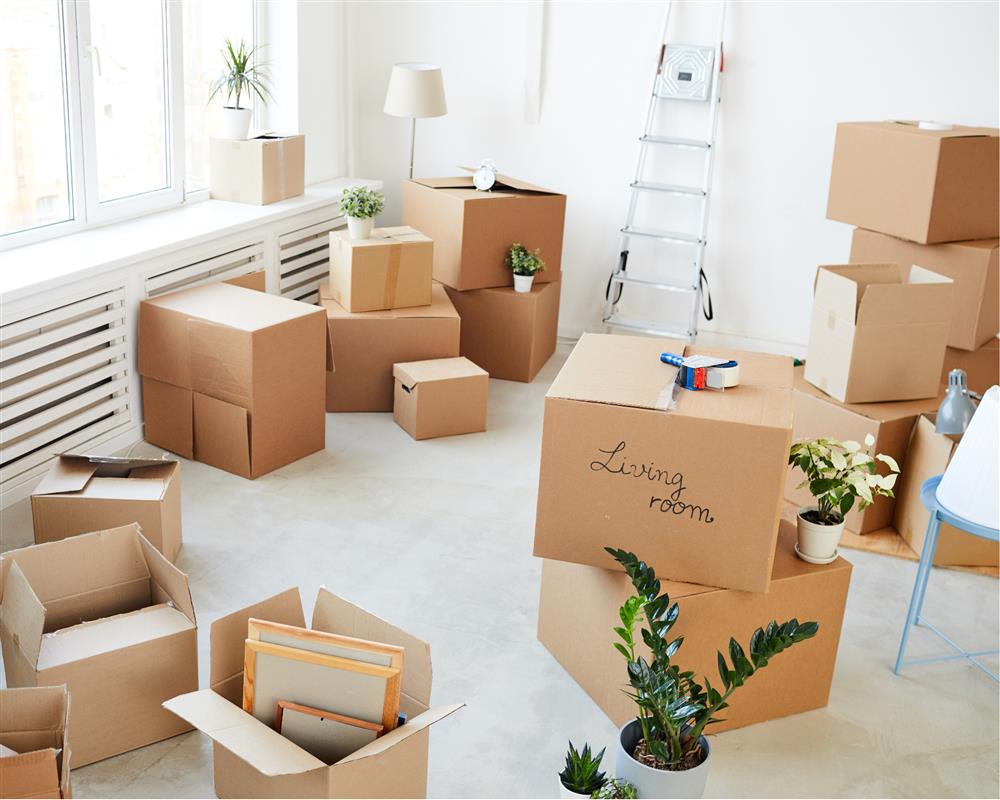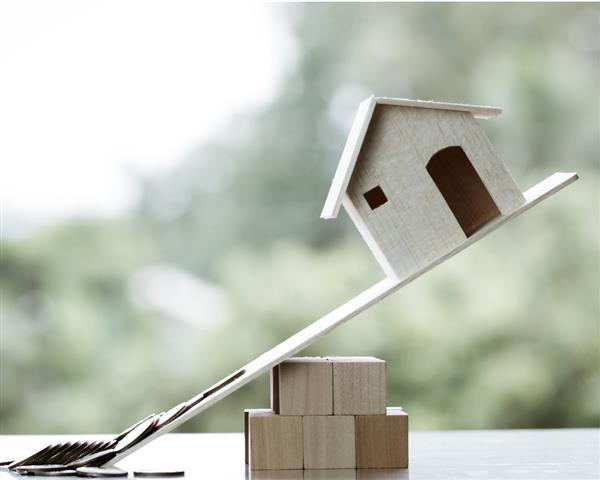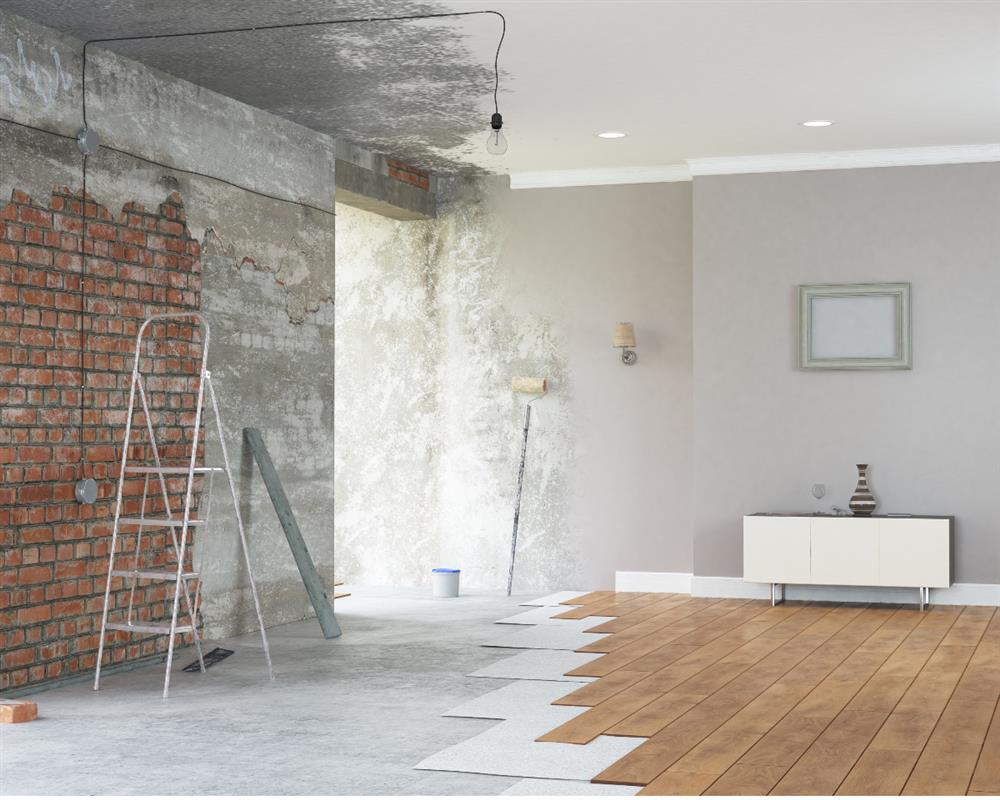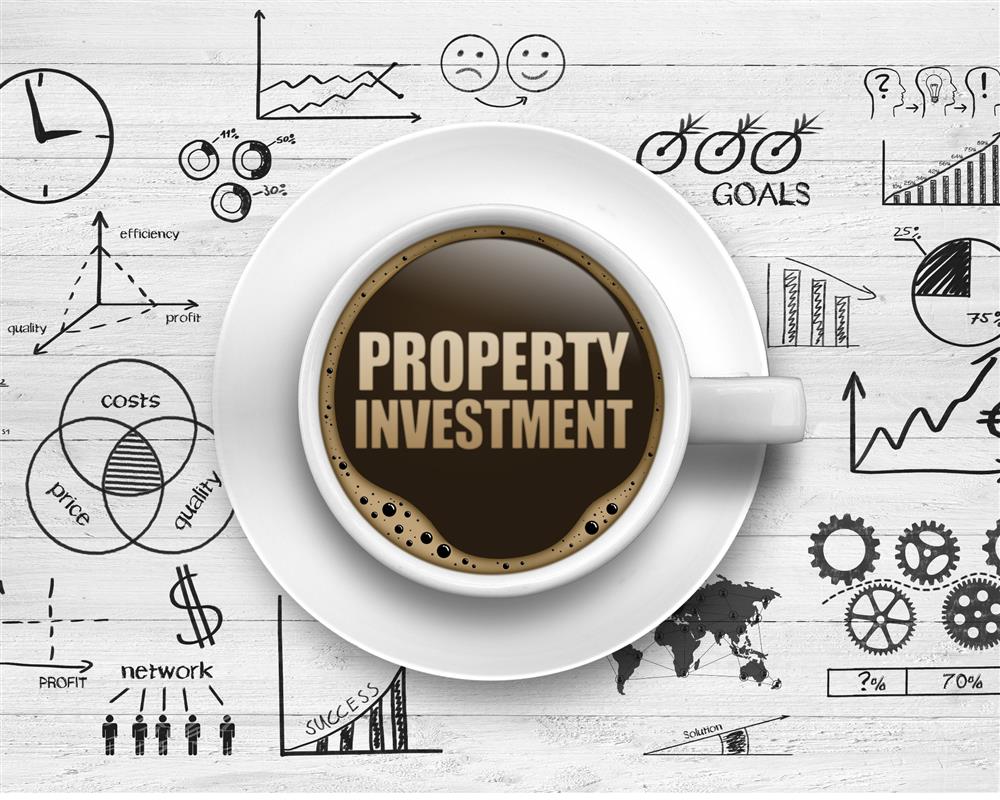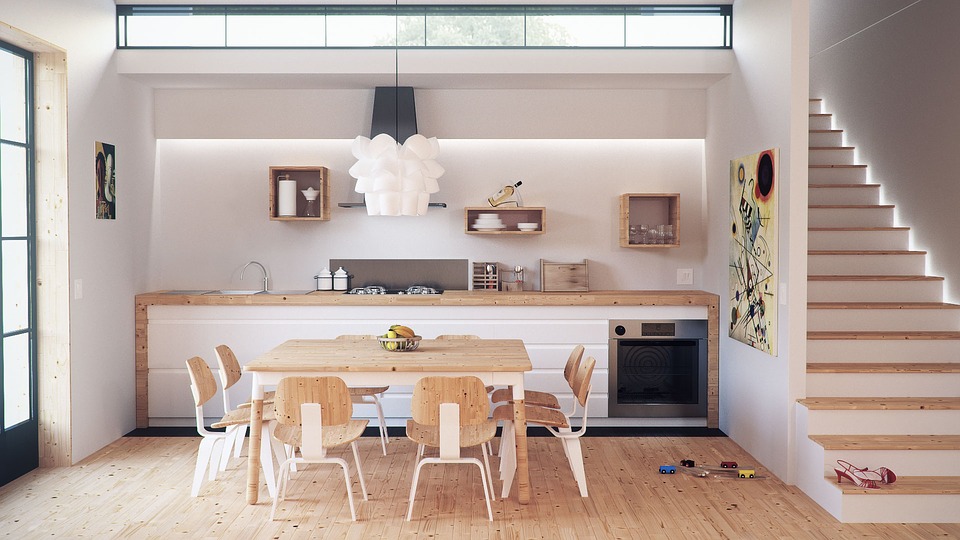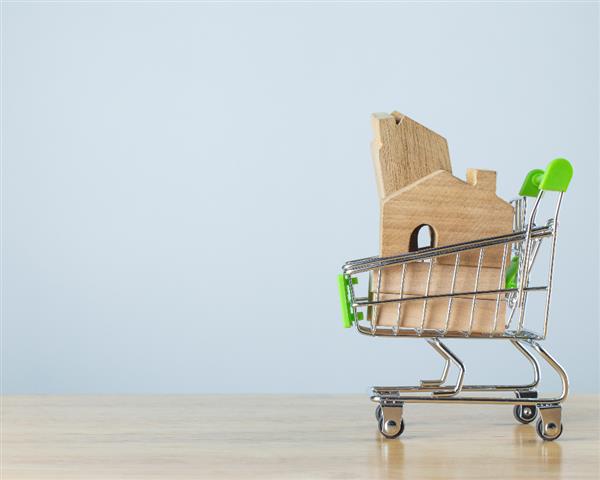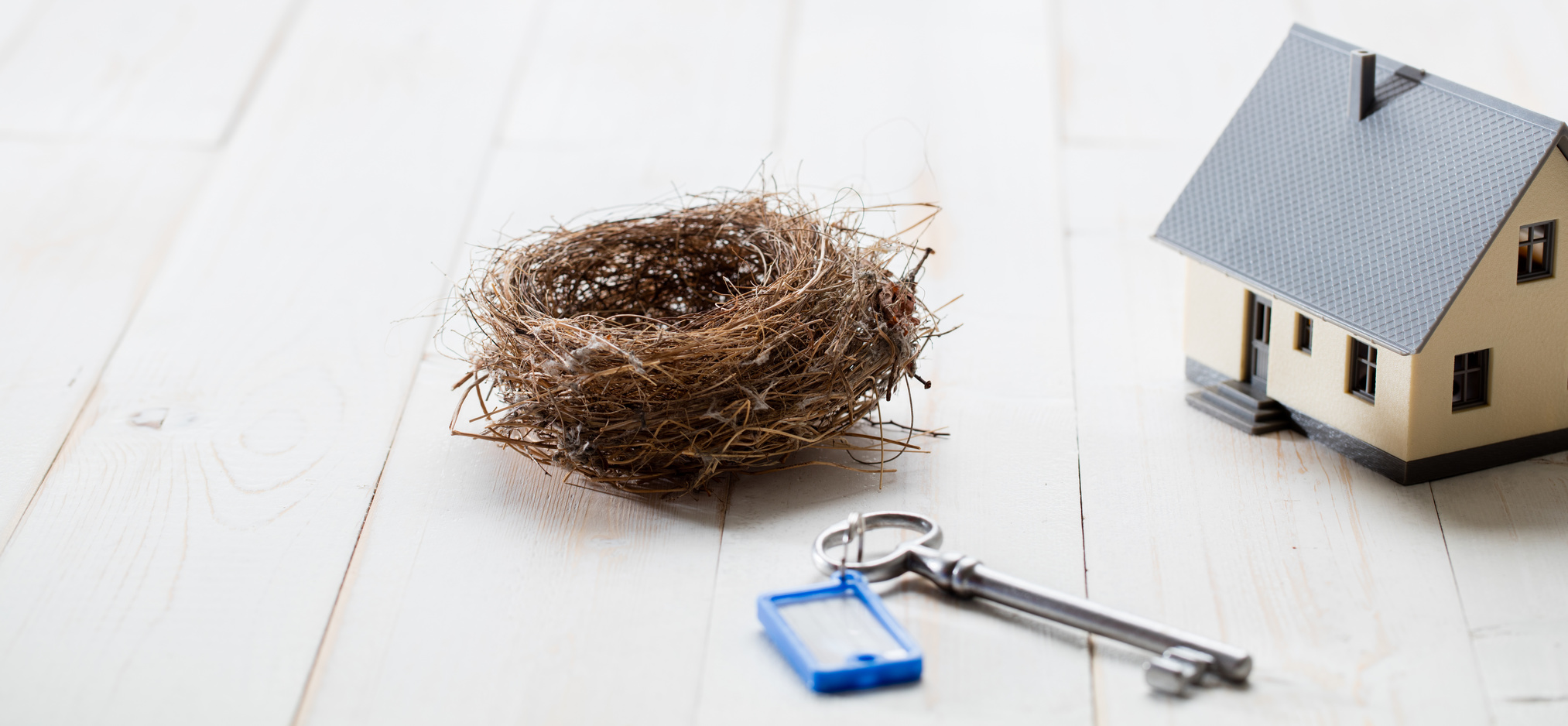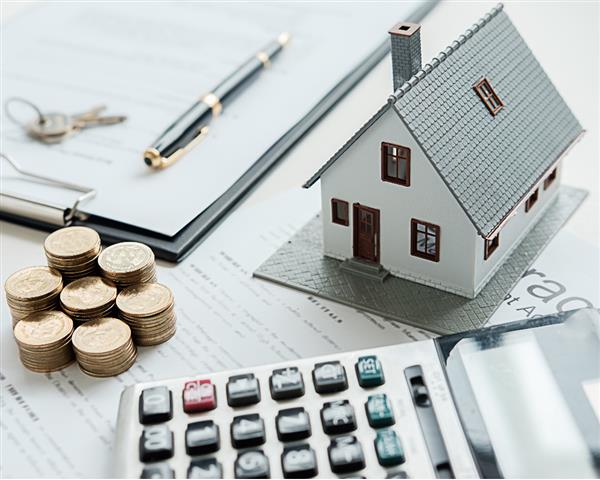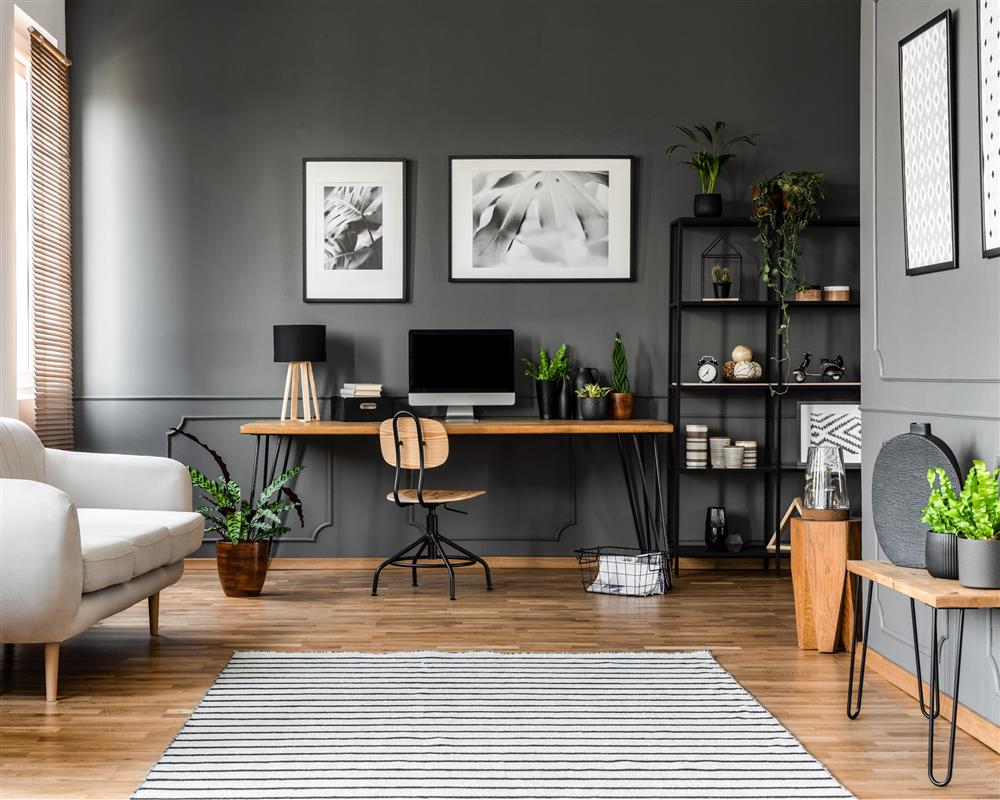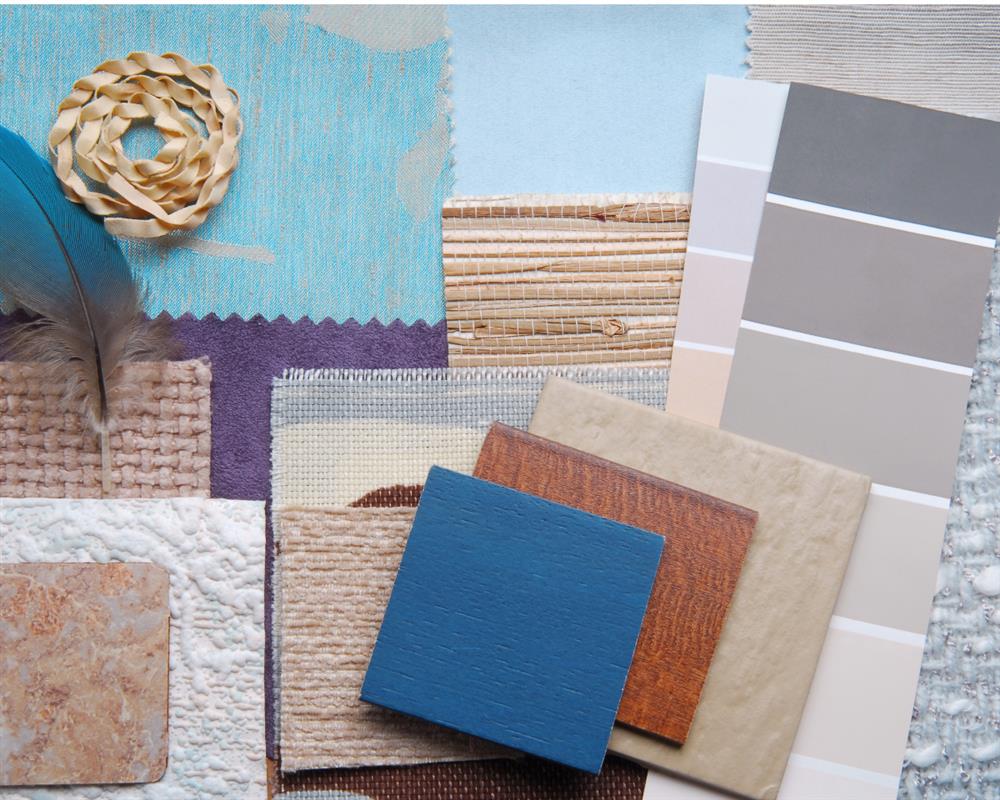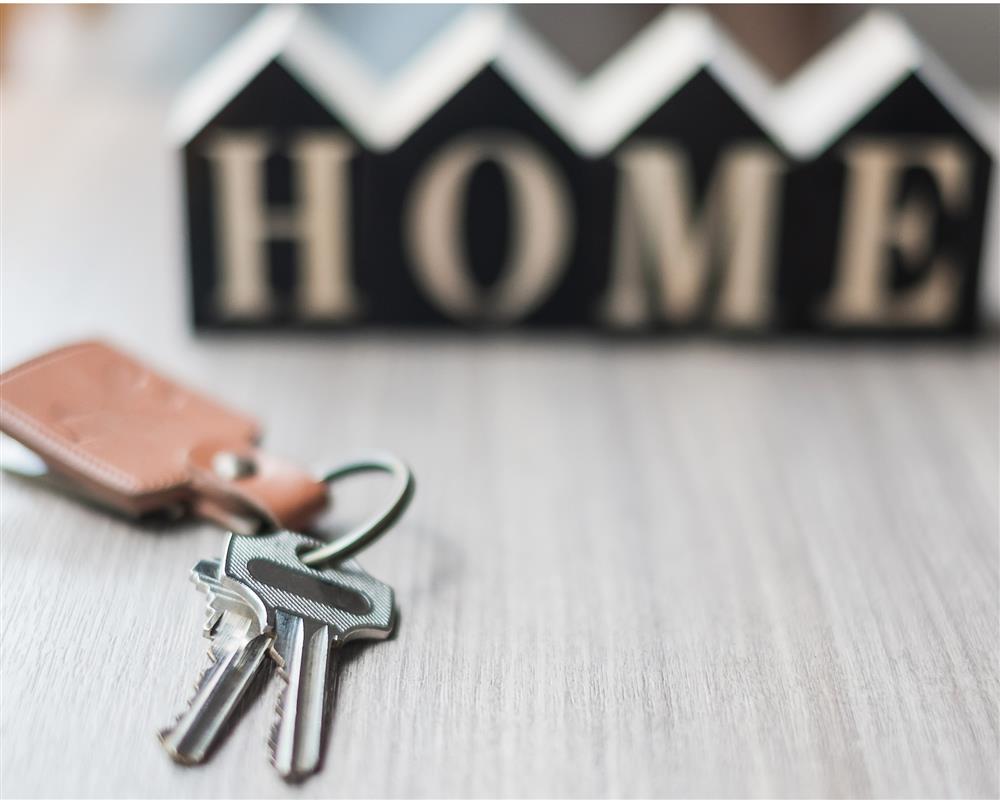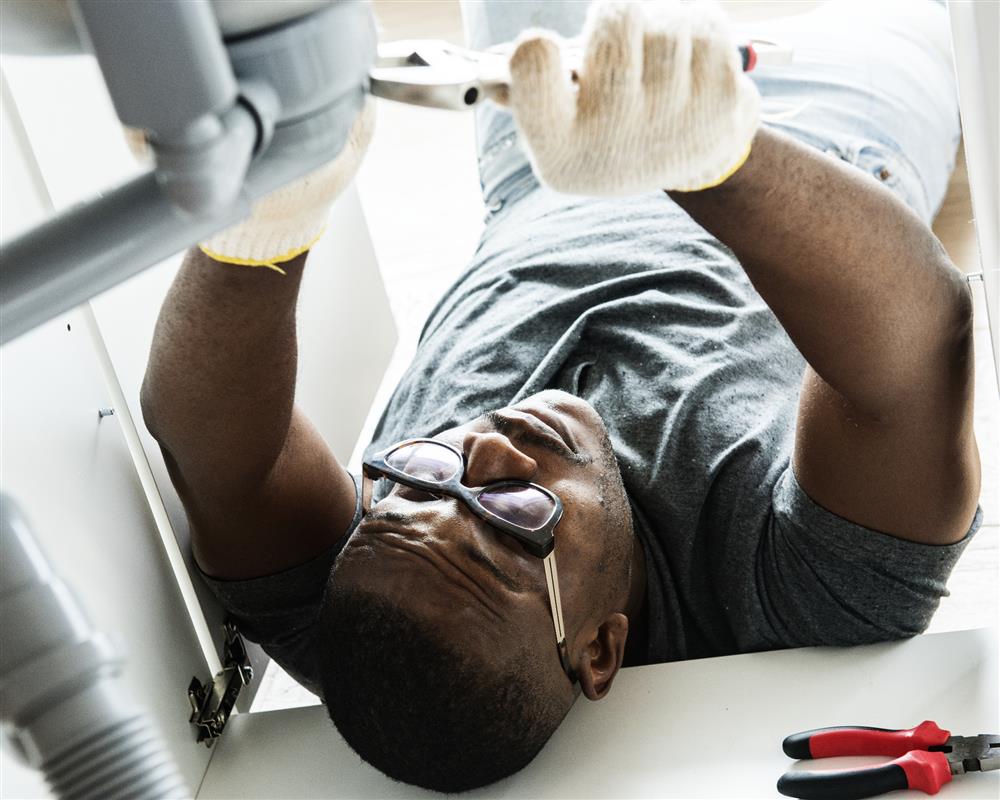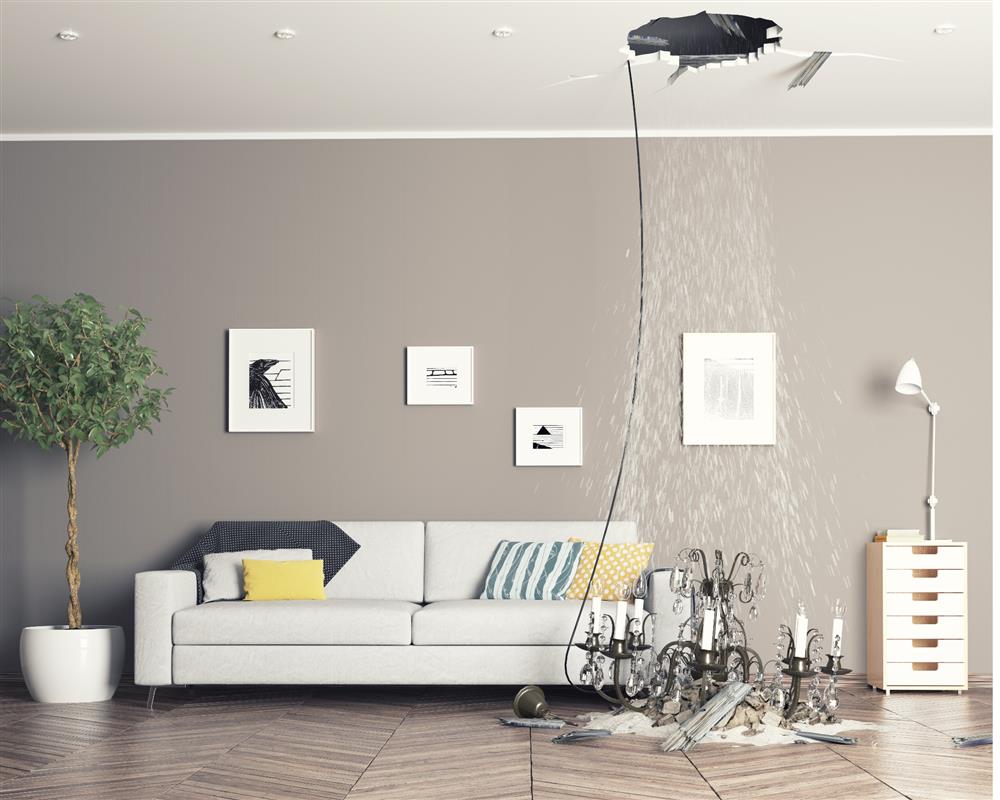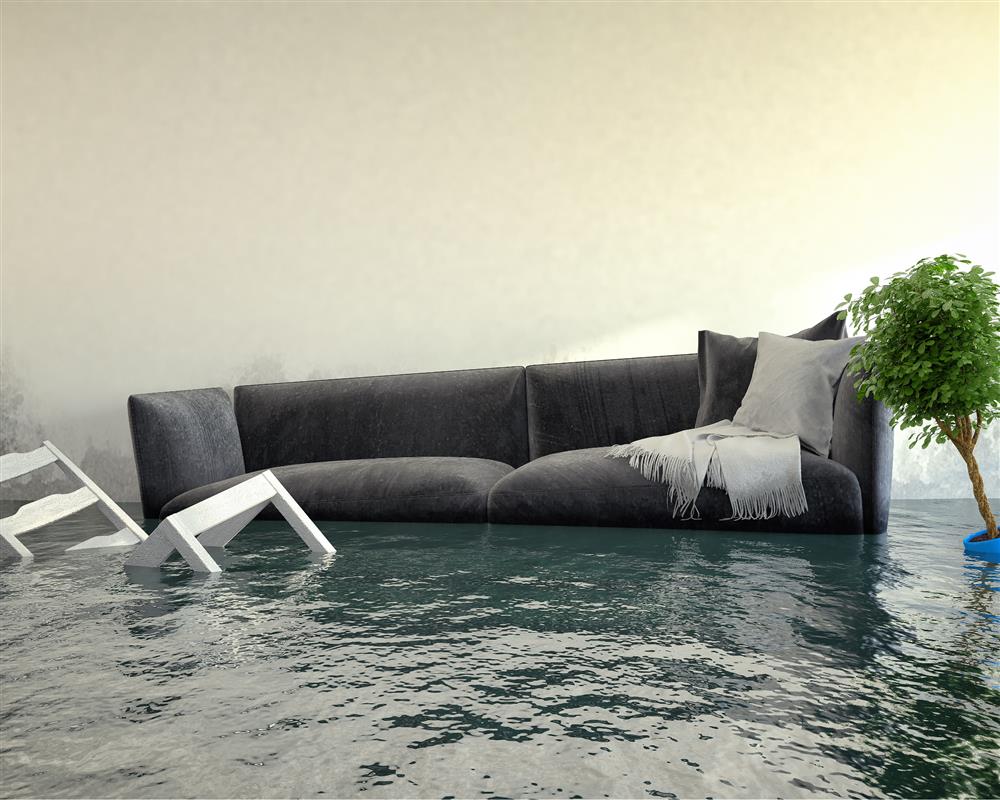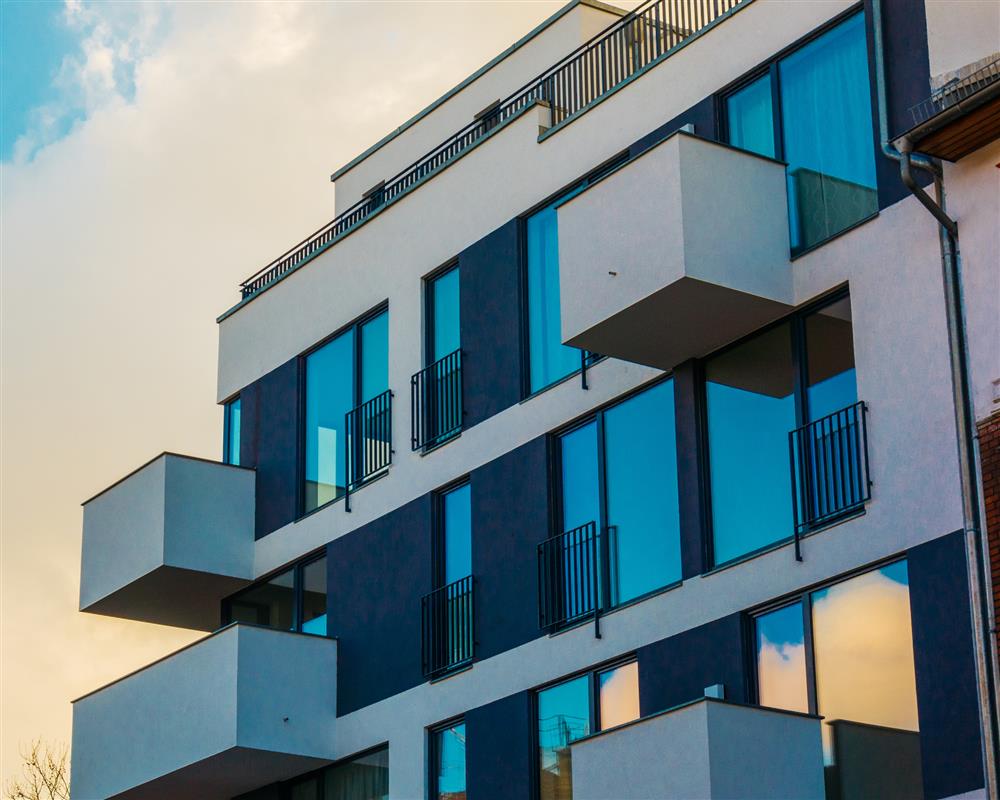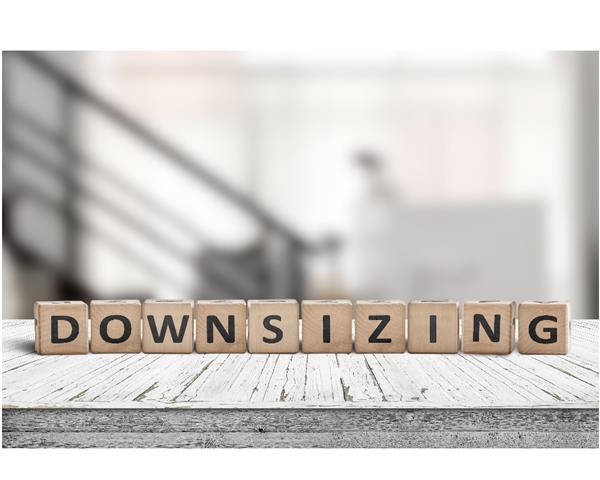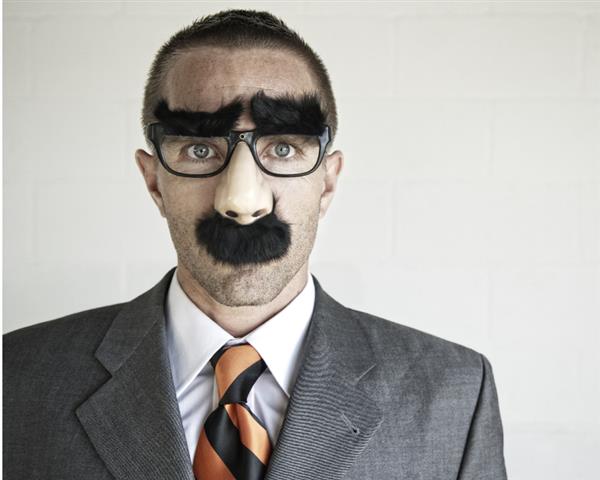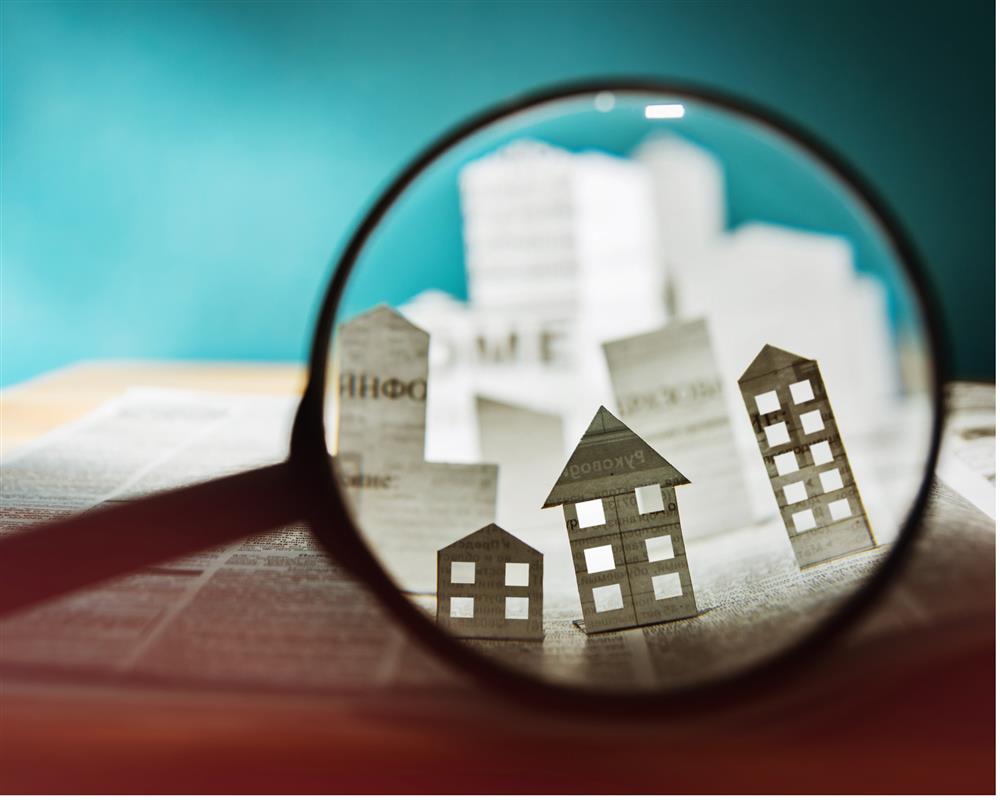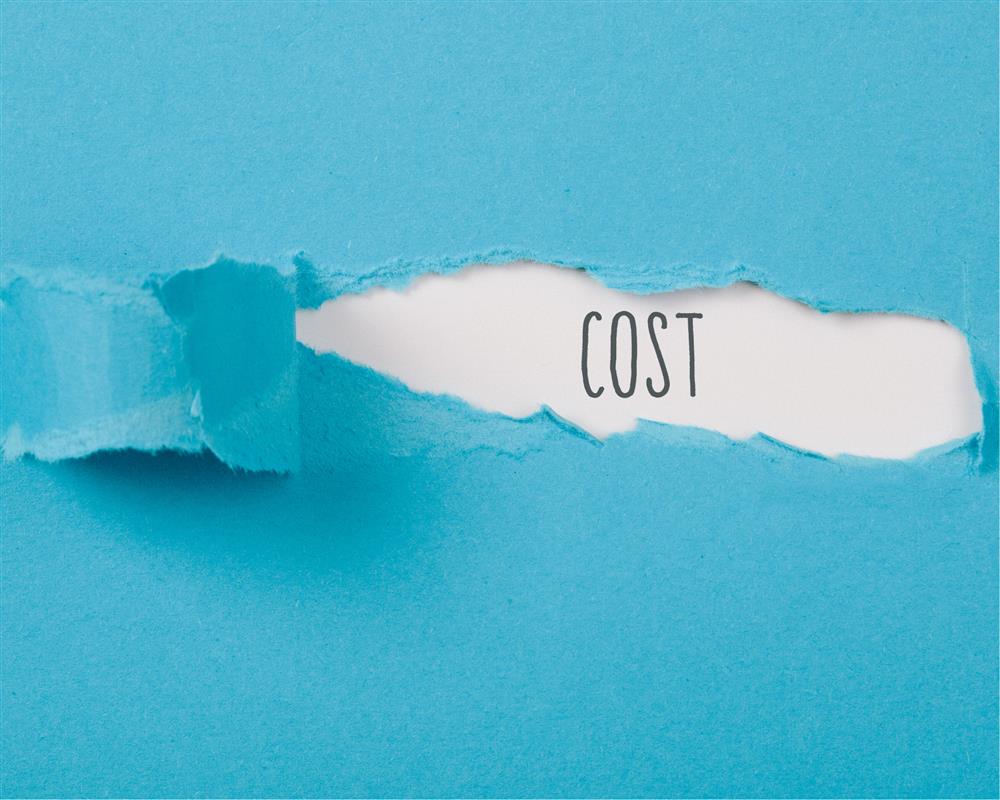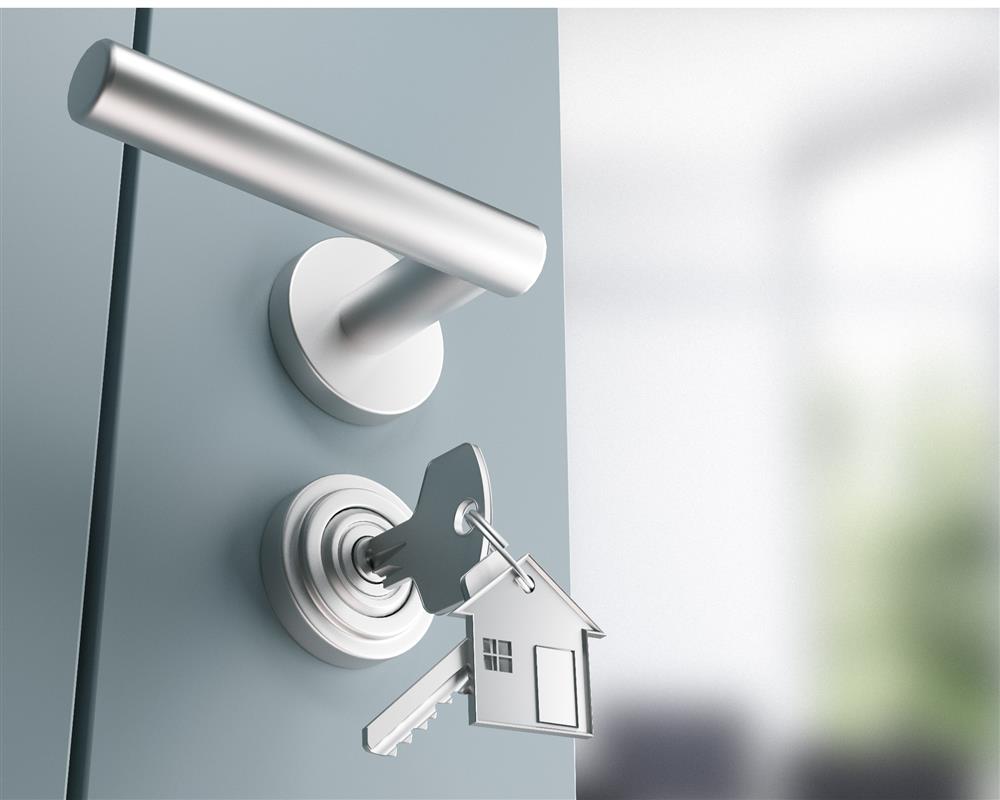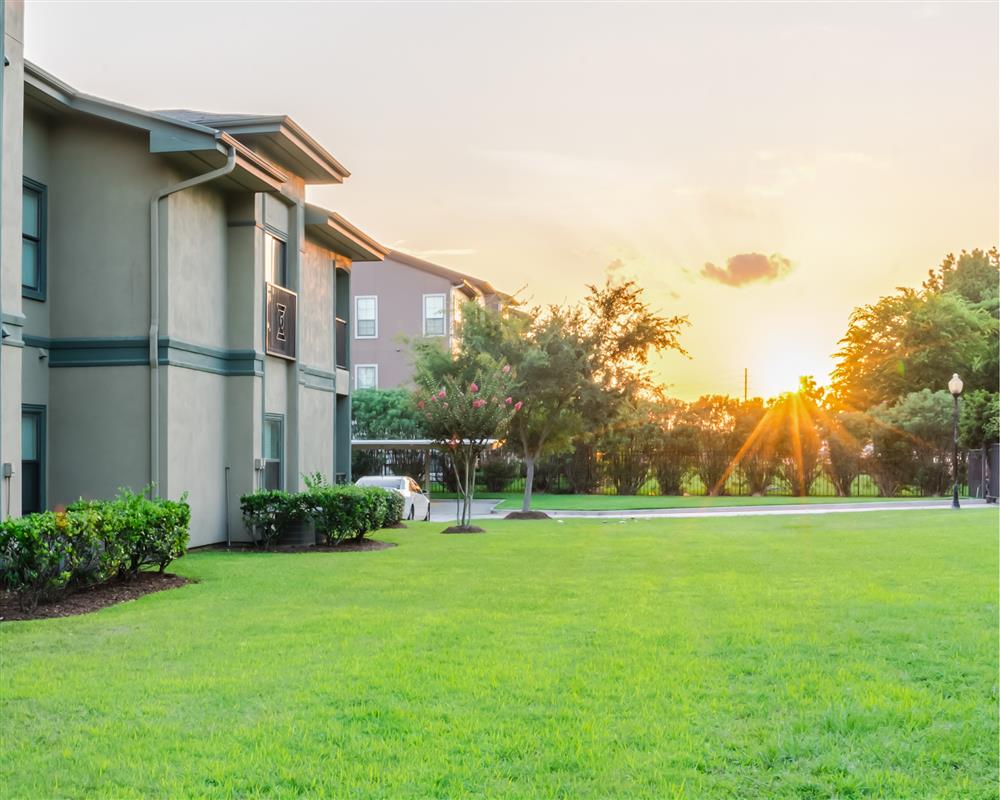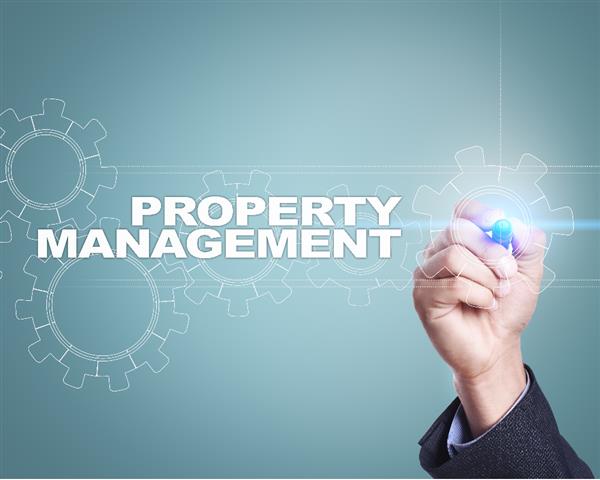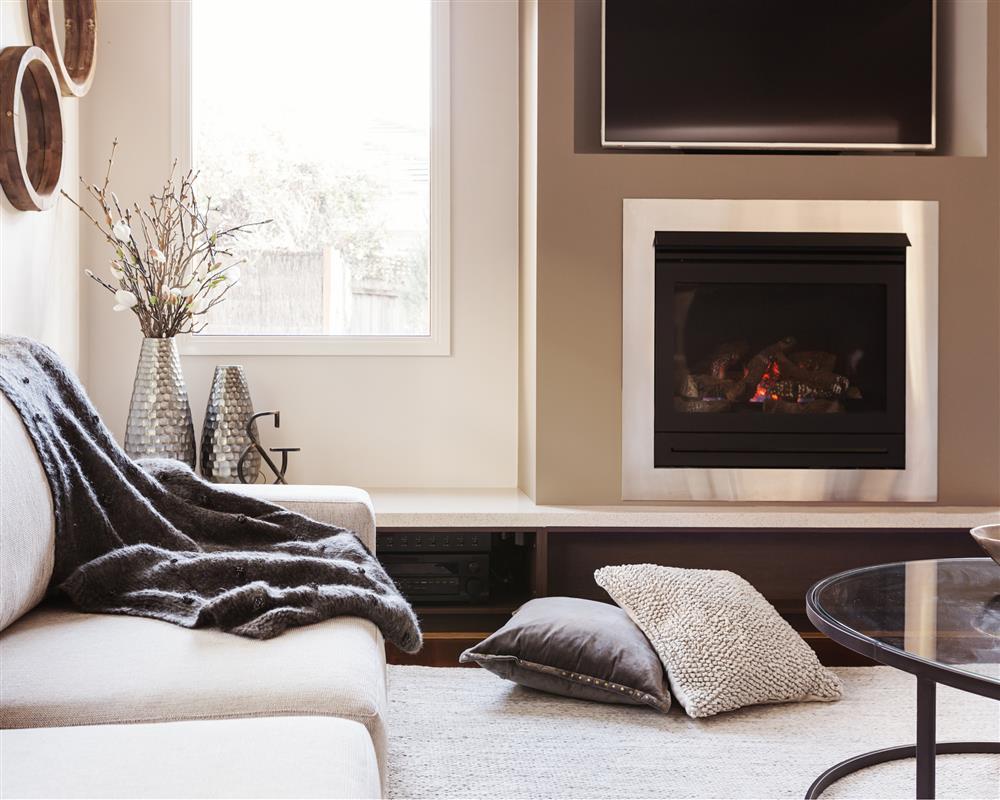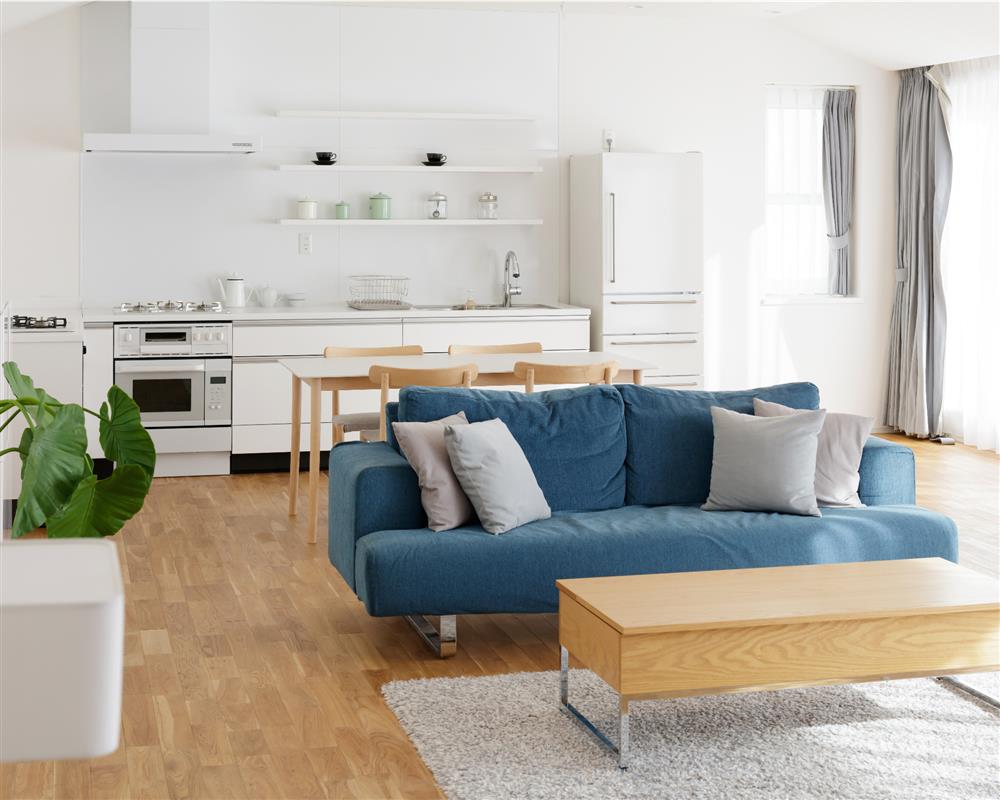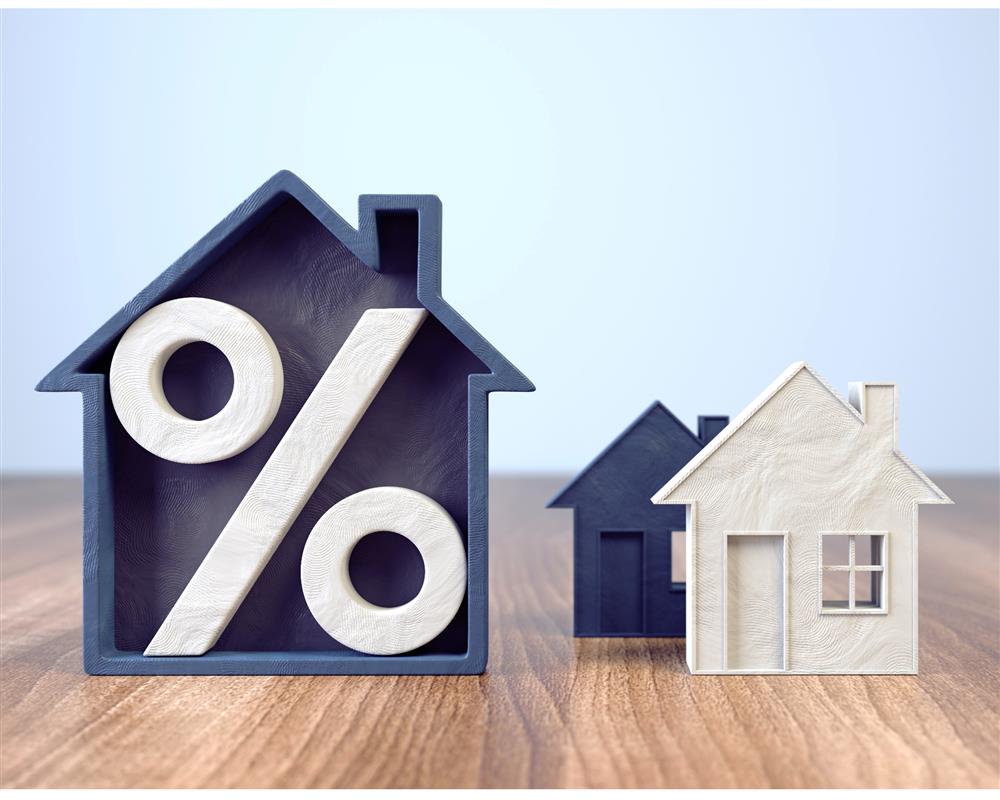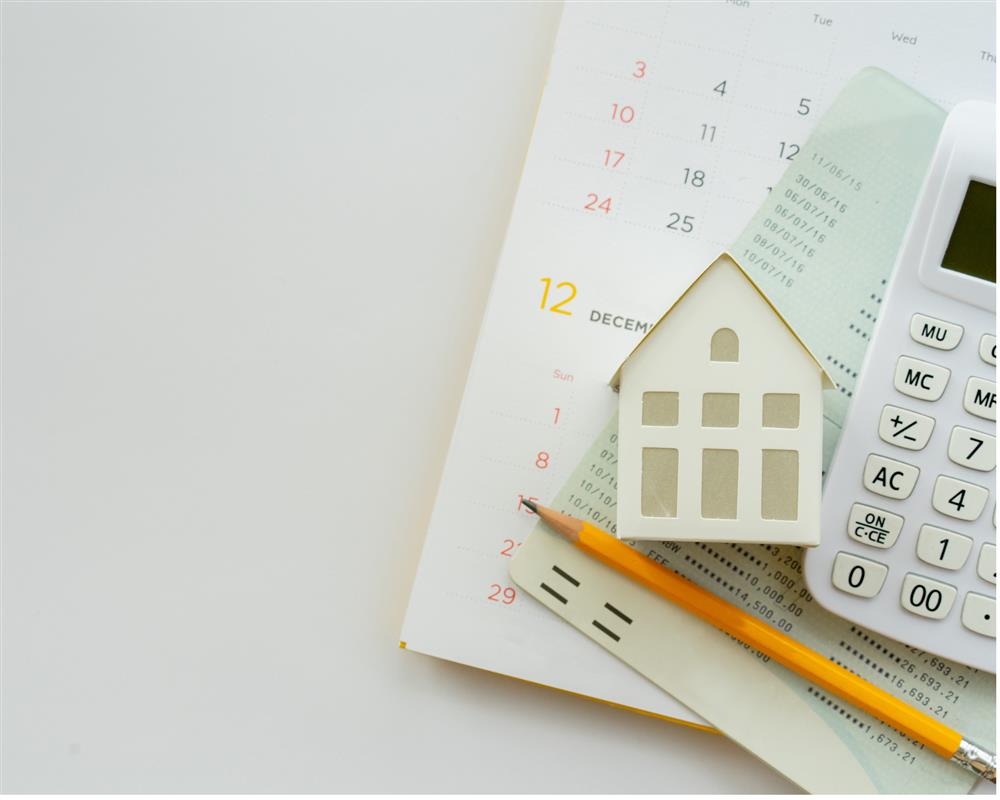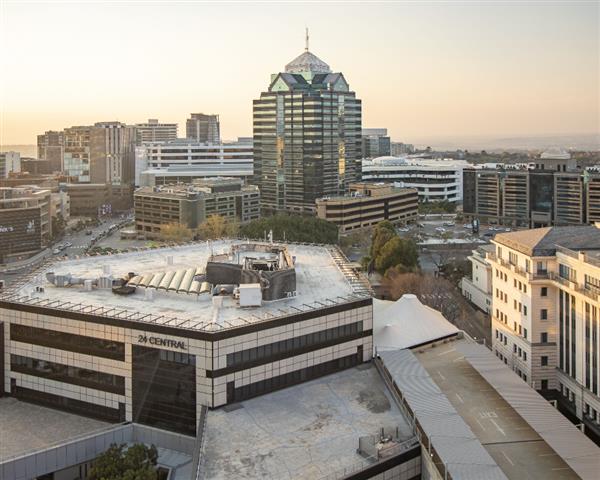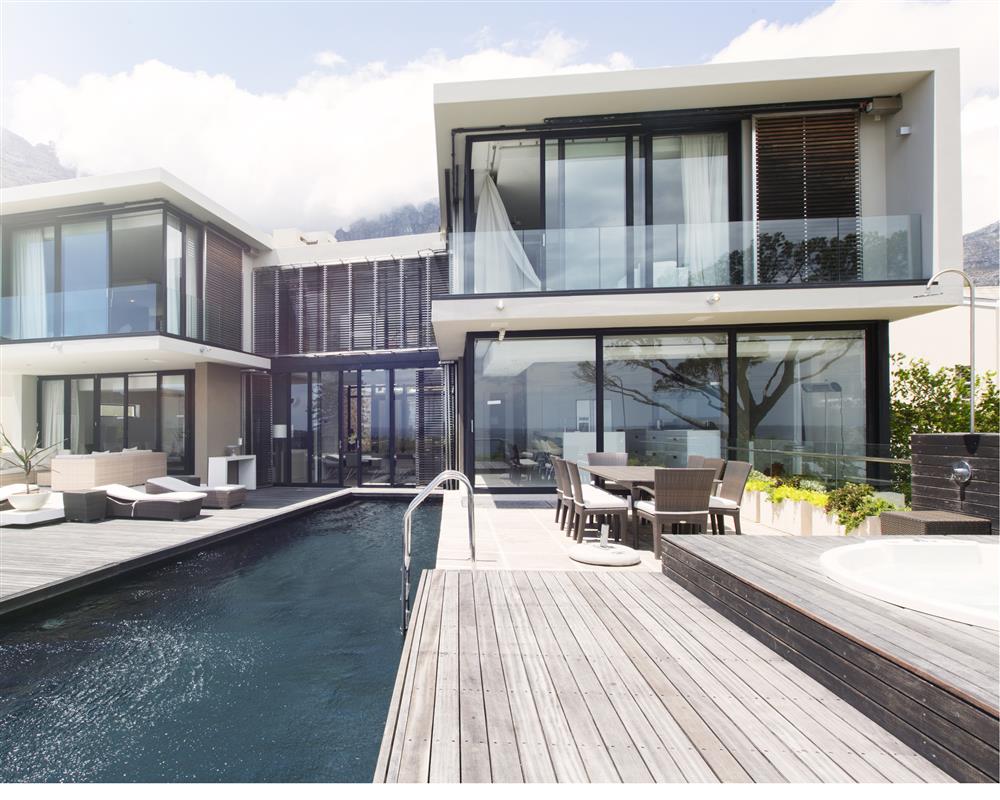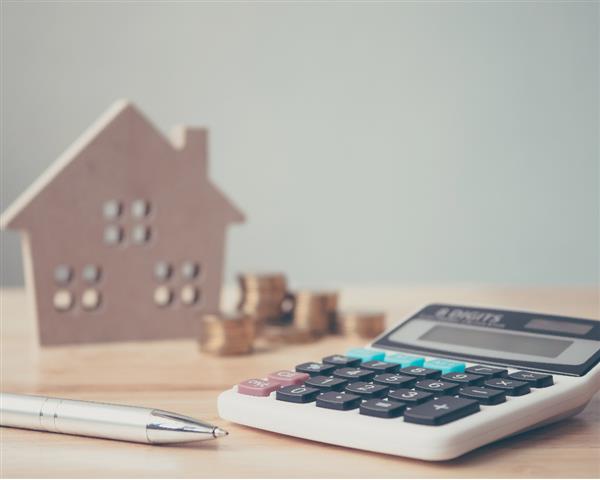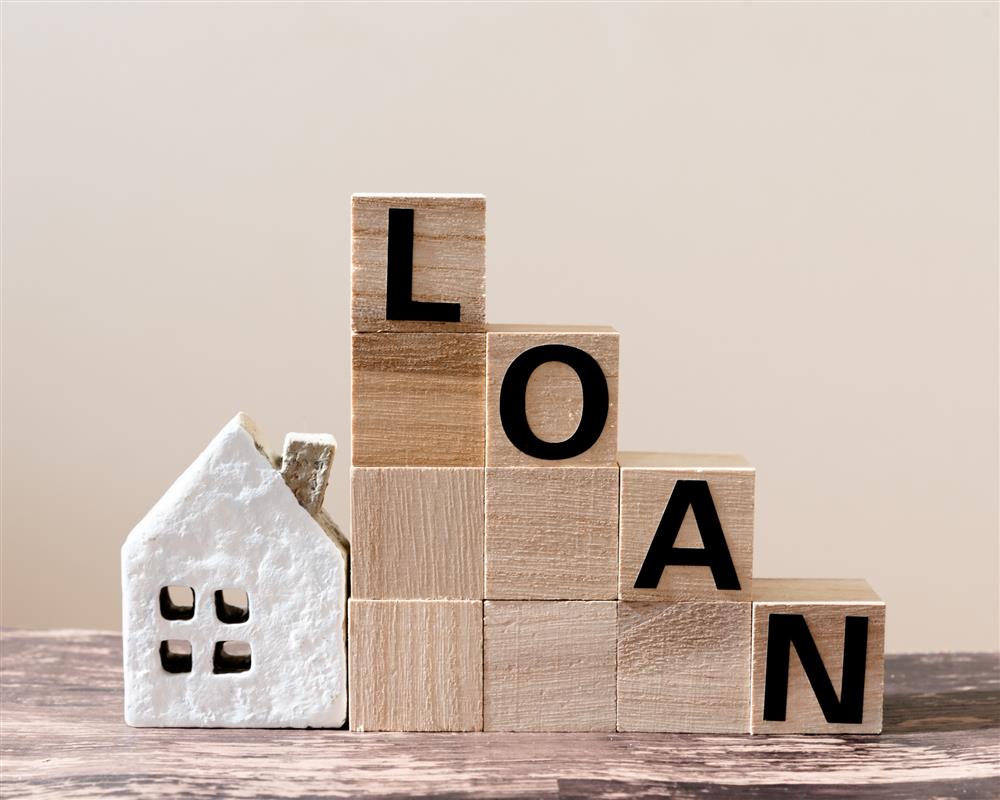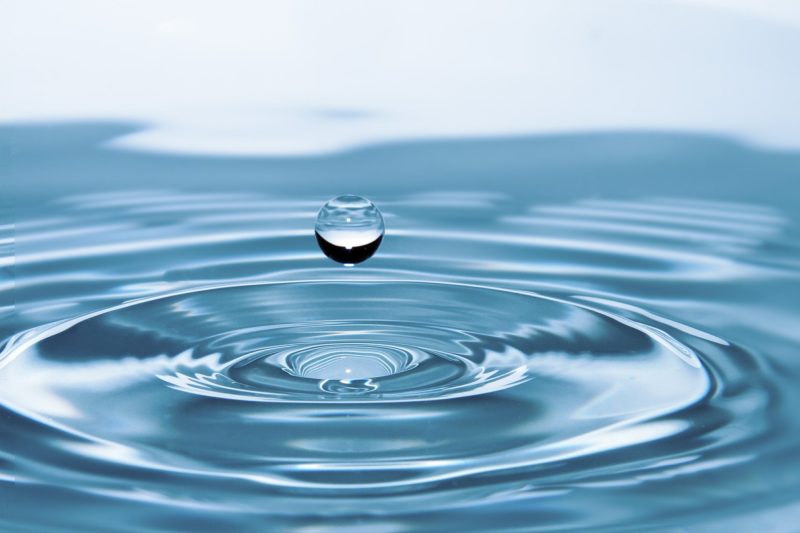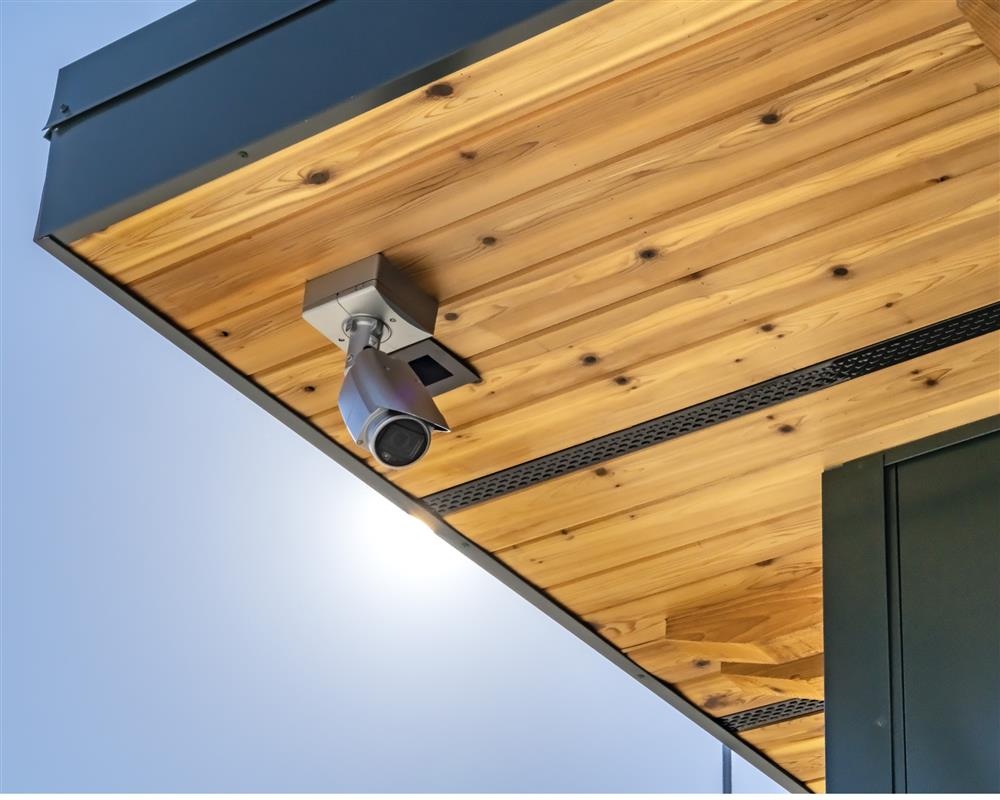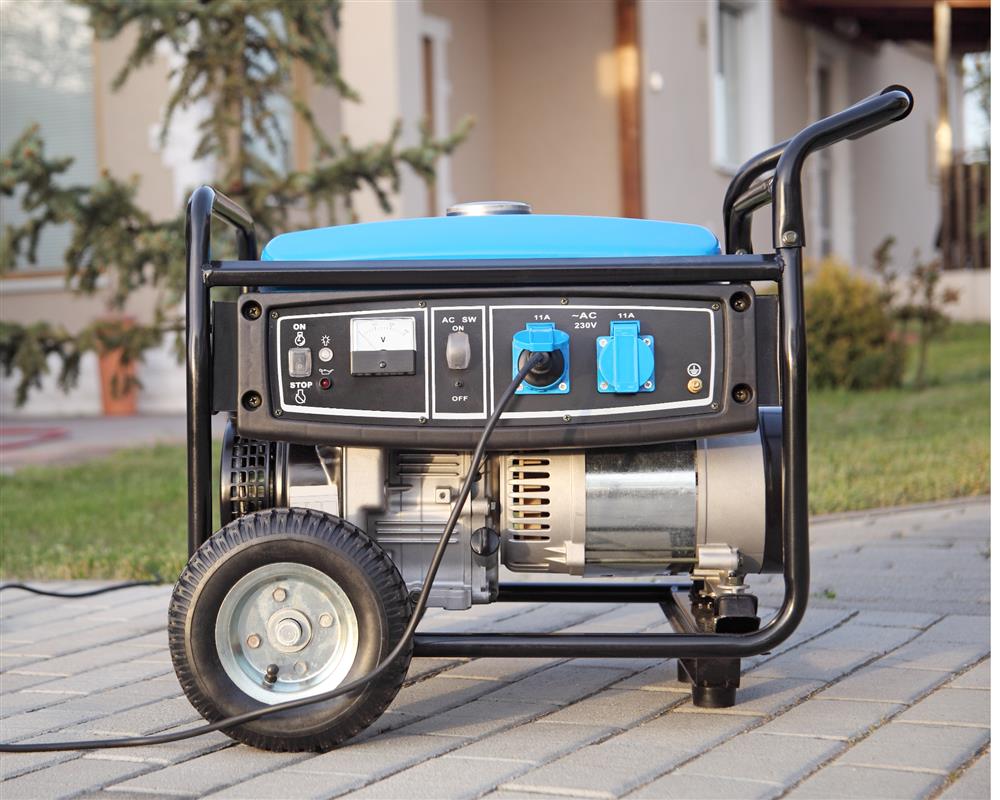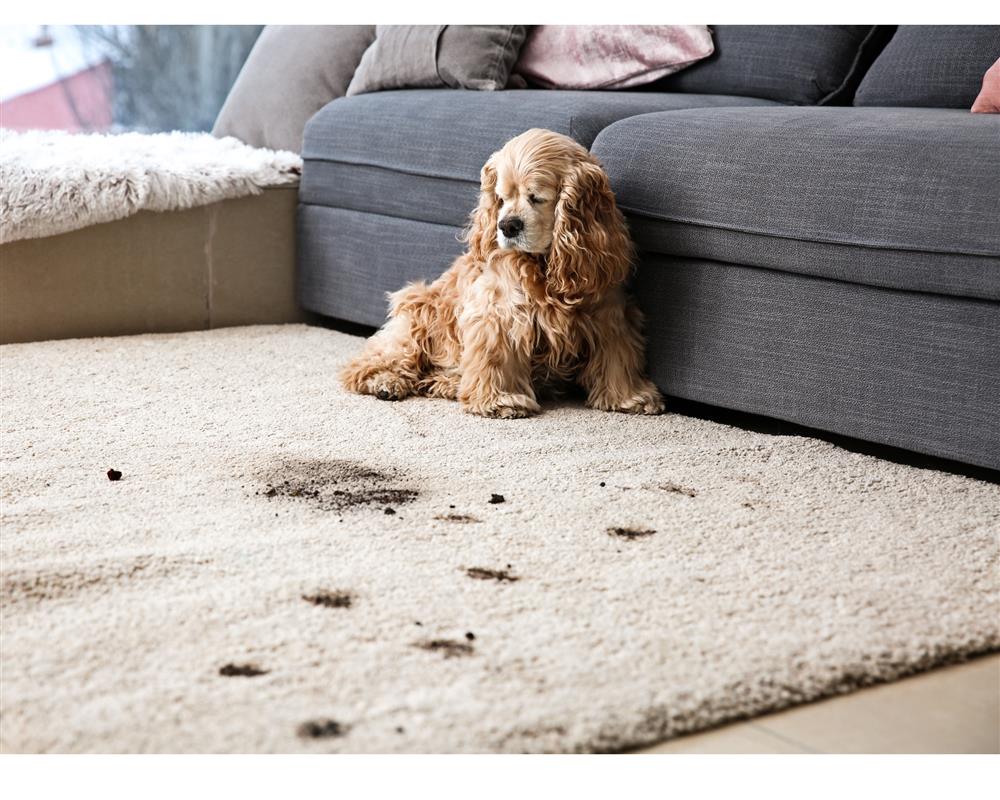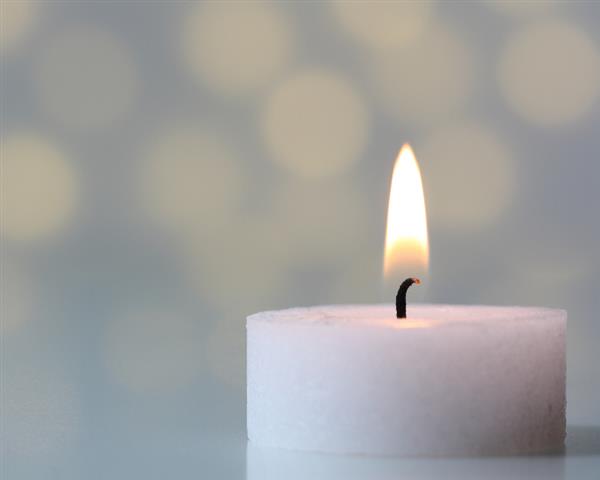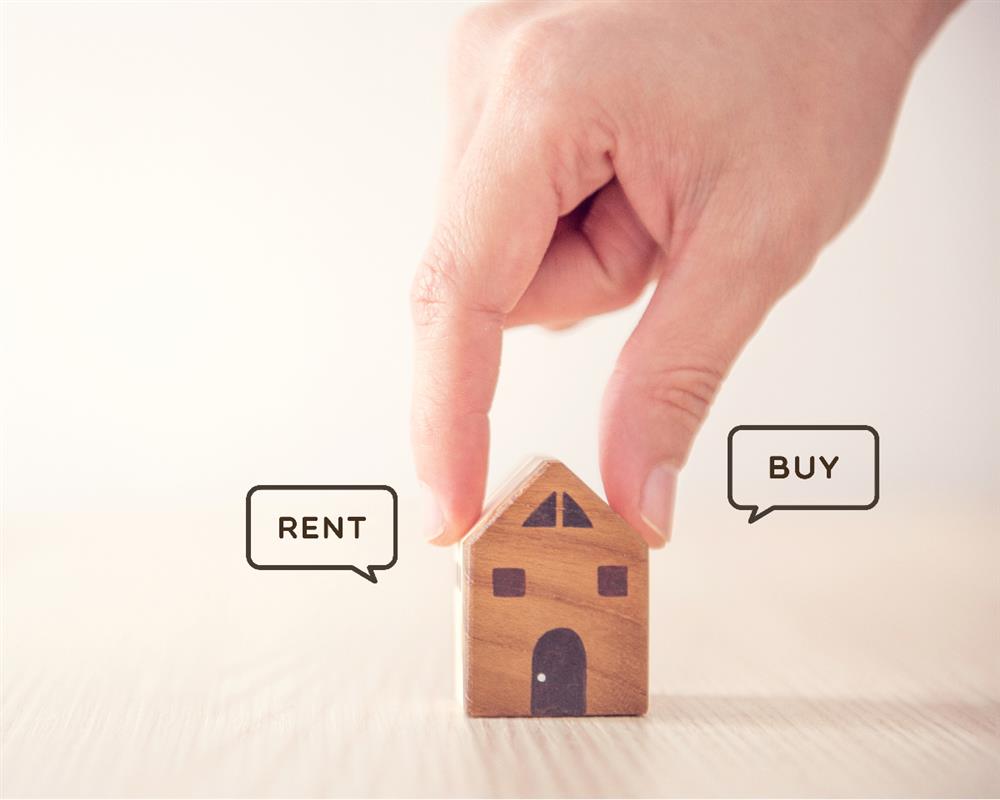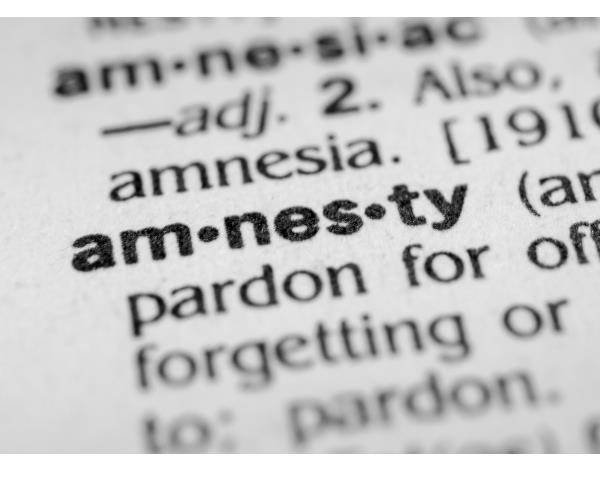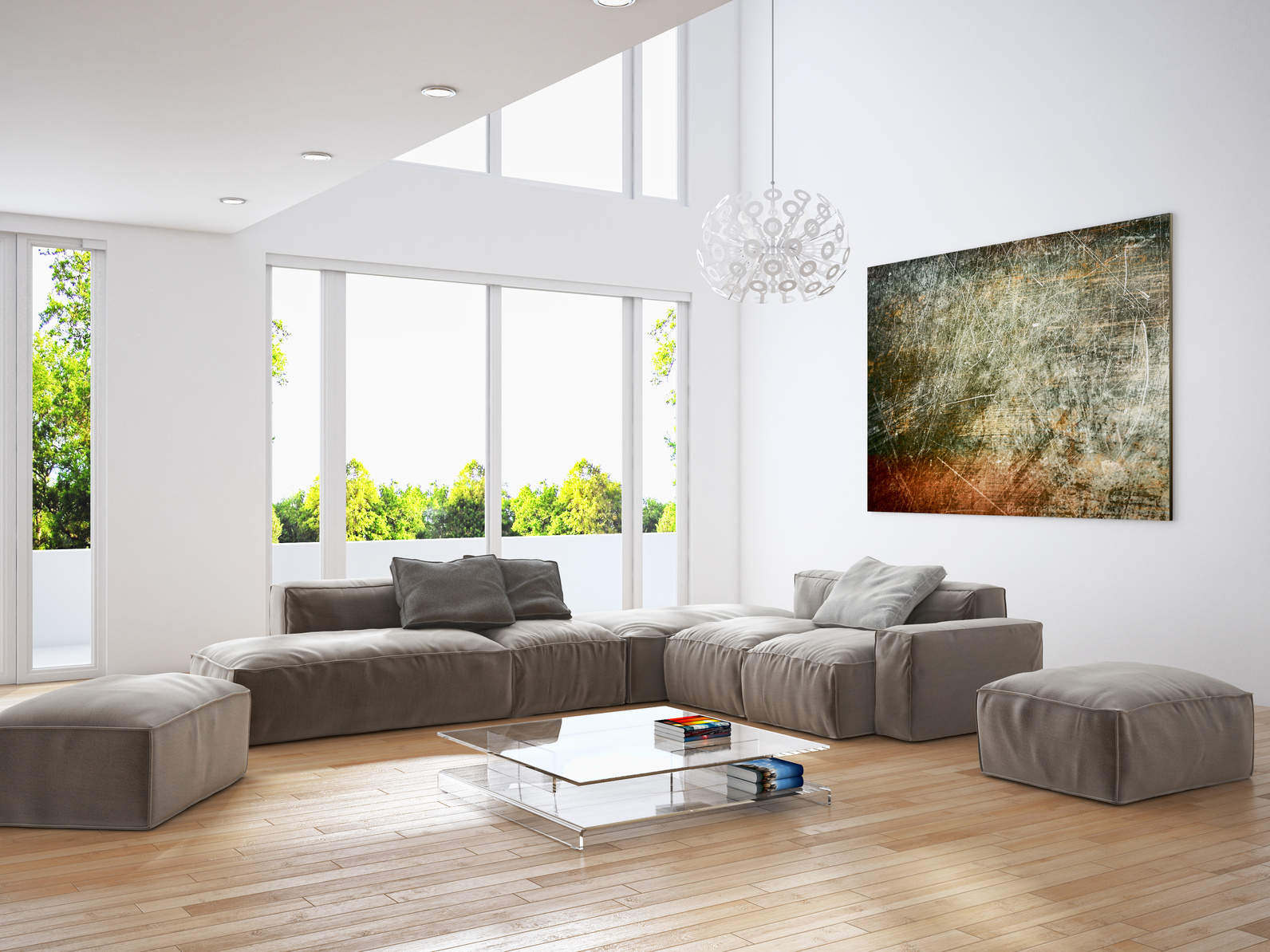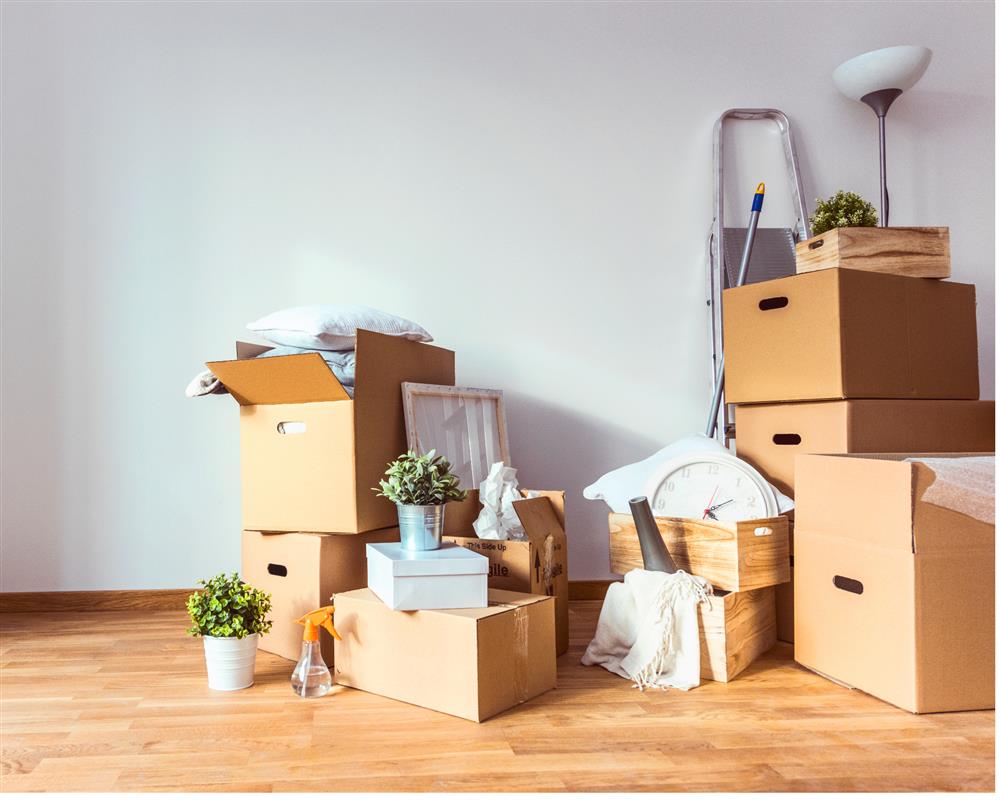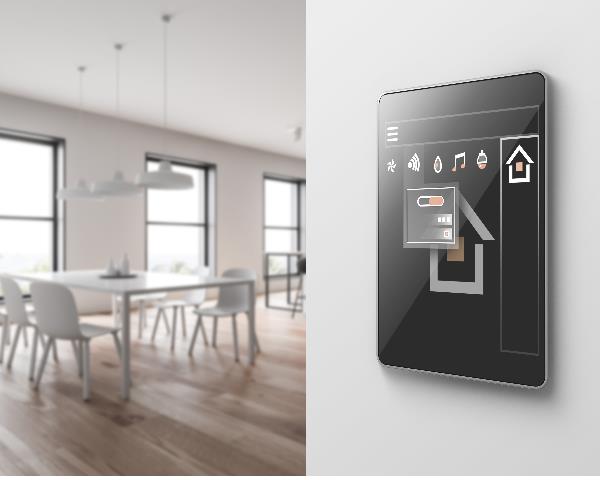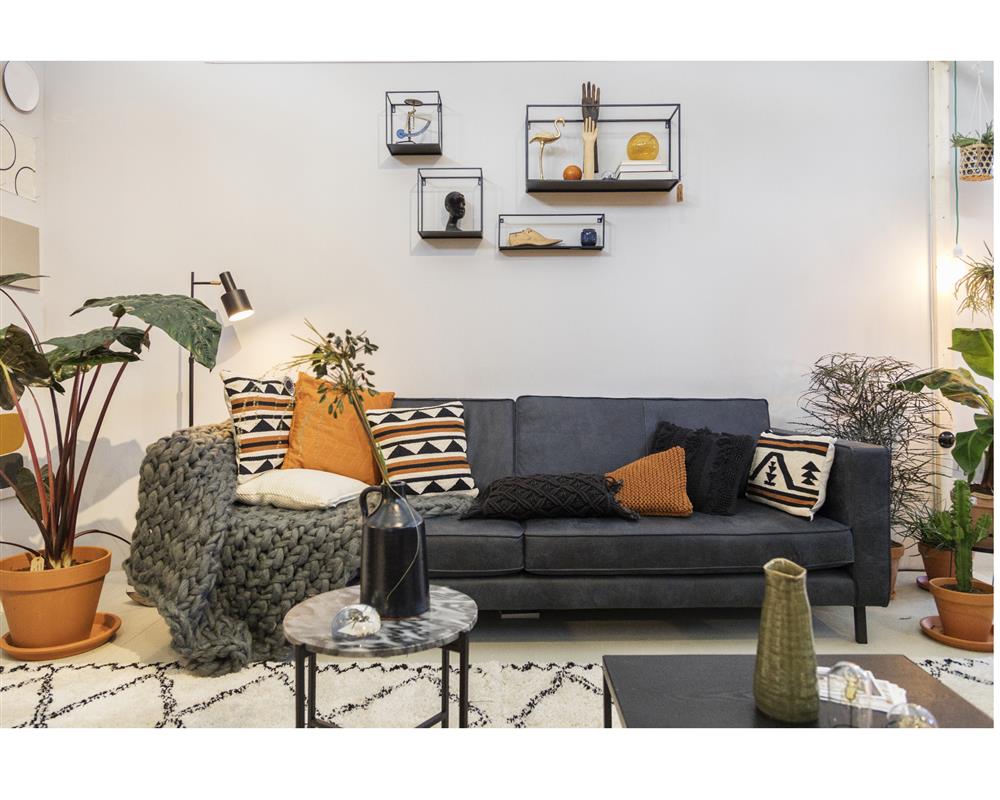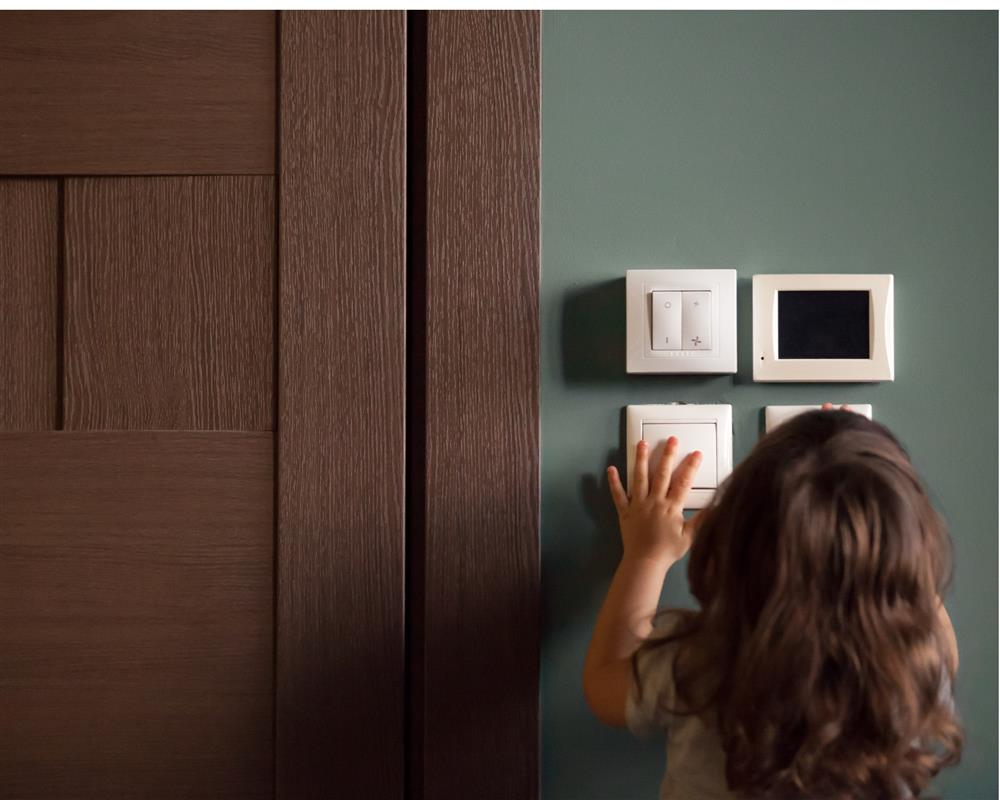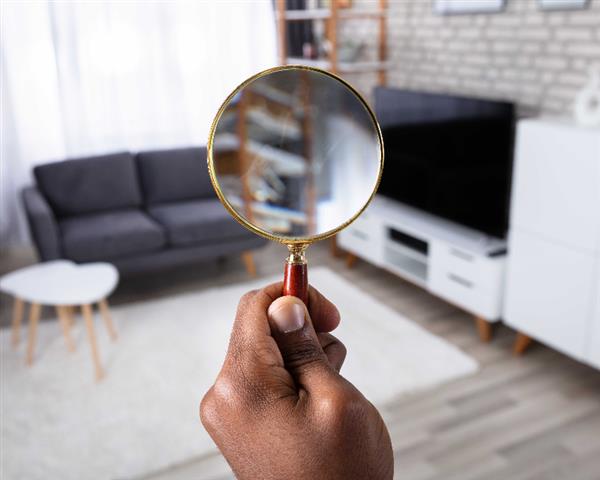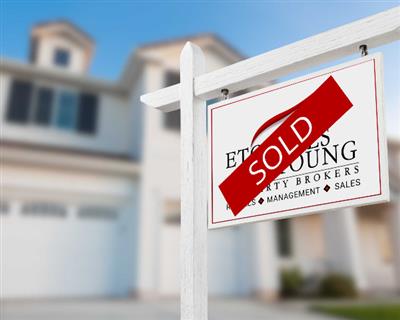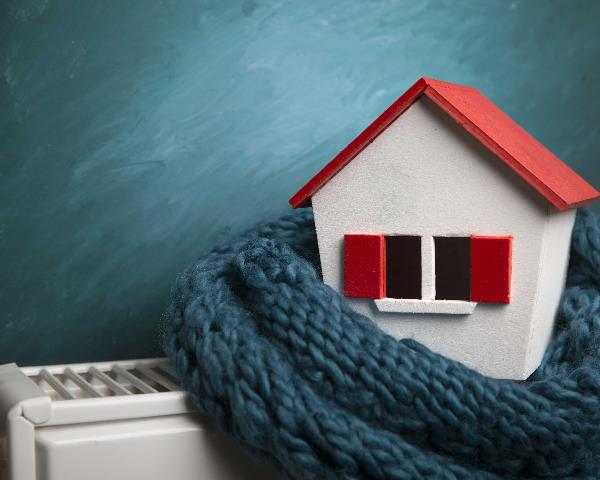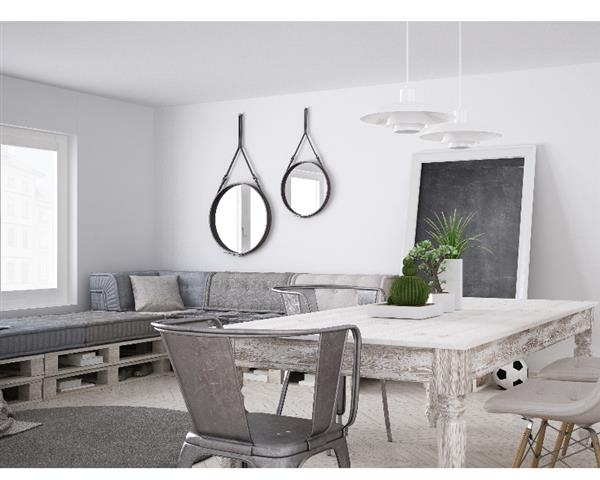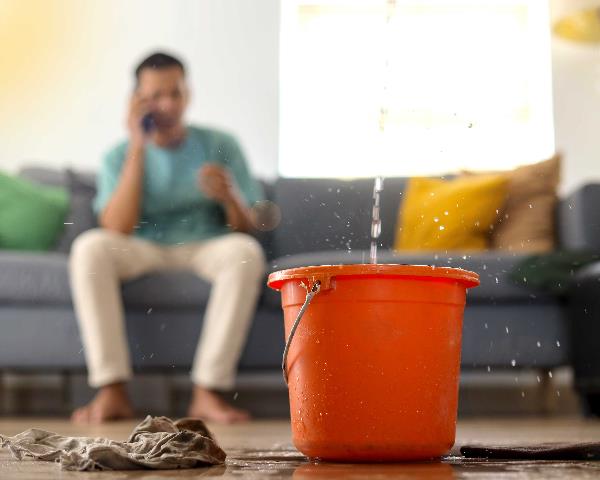
Mould and damp in rental properties are often a cause for contention between landlords and tenants. Despite the confusion as to who is responsible for the maintenance and repair of damp and mould defects, in residential property terms the two issues are not used interchangeably. In fact, property legislature clearly outlines both the landlord and tenant’s obligations in relation to the two. To avoid further confusion, both issues will be defined with reference to the Rental Housing Act and the Etchells & Young lease agreement.
Defining the Terms
Damp:
Damp is most often caused by a fault in the structure of the building. It typically occurs on walls, floors, ceilings, roofs, doors and window frames, as well as pipes and plumbing. It may be penetrating/lateral (entering through cracks in a wall, a loose roof tile or faulty guttering) or rising (rising from the ground into walls or floors as a result of deterioration of the damp proof course). Penetrating and rising damp relate specifically to the structure and maintenance of the property. Damp causes tell-tale watermarks (for example, the characteristic ‘tide marks’ caused by rising damp), staining, crumbling plaster, peeling/blistering paint, and rotting floor- and skirting boards.
Condensation and Mould:
Condensation forms when warm, humid air (water vapour) comes into contact with a cold surface. As a result, small water droplets collect on the surface. Mould is most common in bathrooms because the hot water used to shower and bath increase the amount of moisture in the air, which collects on the typically colder surfaces found there – tiles, mirrors and walls. It is also prevalent in kitchens and laundries, particularly behind washing machines and tumble dryers, and around facets and sinks. Cooking without an extractor, washing and drying clothes indoors, and the use of kerosene heaters also produce excess moisture which lead to condensation. Condensation is exacerbated in rooms where ventilation is poor and the temperature inside is higher than the temperature outside.
How does this relate to mould? Mould is caused by excess humidity and moisture in the air, and a build-up of condensation on surfaces. It thrives in warm, damp areas. If left untreated, excess moisture penetrates walls, floors, ceilings, furniture and clothing, resulting in the growth of mould/mildew. It can cause long-standing damage to a property. Moreover, extensive mould can have serious health implications. The degree to which an individual’s health is adversely affected depends on the type of mould, the amount of mould present and whether the individual has existing respiratory problems or allergies.
Defining Who Is Responsible
The Rental Housing Act:
The Rental Housing Act stipulates that the landlord is responsible for providing the tenant with a dwelling place that it both safe and suitable for living. This refers unambiguously to protection from the elements and other threats to the health of the tenant, their household or visitors. The landlord is obligated to maintain the existing structure of the dwelling (which includes the walls, roof, electrical and plumbing facilities) and repair damage caused by fair wear and tear. The landlord is, therefore, obligated to rectify rising or penetrating damp because it concerns the existing structure of the dwelling and poses a health risk to the occupants of the property. However, the RHA states that it is the tenant’s responsibility to notify the landlord of maintenance or repair work to the structure of the property in writing as soon as is reasonably possible. If he/she fails to do so in a timeous manner and allows the problem to persist and worsen, the landlord is entitled to claim damages for the resultant repairs from the tenant.
The RHA then goes on to state that the tenant is responsible for maintaining the property in a clean, tidy and safe state of repair and should use all electrical, plumbing, sanitary, heating, ventilating, air-conditioning and other facilities and appliances in a responsible manner. Tenants should refrain from intentionally or negligently damaging the property. The tenant is liable to maintain, replace or repair fixtures and fittings such as globes, handles, locks etc. before the lease term has ended so as to return the property to the landlord in the same condition as was received. This means that the presence and development of mould in a rental property (as a result of condensation, poor ventilation, and ineffective cleaning/wiping of surfaces) is the tenant’s responsibility and tenants are legally obliged to timeously rectify the issue.
The E&Y Lease Agreement:
Before occupation, both the tenant and the landlord, or the agent acting on his behalf, jointly inspect the property to determine if the property is fit for occupation and if any repairs or maintenance is necessary for the tenant’s beneficial occupation of the premises. The lease agreement allows the tenant 5 business days, following occupation/the commencement of the lease, to notify the landlord in writing of any further defects that require his attention. This refers specifically to structural damages and would therefore include damp issues.
Clause 15 of the E&Y lease agreement echoes the RHA in that it prescribes that the landlord is “responsible to keep in good order and repair, all exterior walls, the roof, plumbing, electrical and other structural parts of the premises and will be responsible to repair any structural damage, except where this damage is caused by the tenant […]” and that if any of the structures become defective or pose a threat to the safety of the tenant, the tenant is to immediately report these defects to the landlord in writing. The landlord must repair damages and defects where these affect the tenant’s beneficial occupation of the premises or pose a threat to the tenant’s safety. “Should the tenant not report the defect or damage [or should the landlord, his agent or maintenance contractor be unable to gain access to the property], then the tenant will be held liable for any resultant damage and all costs incurred by the landlord to carry out such repairs at a later stage”.
Further to this, the lease agreement stipulates that the tenant agrees and undertakes “to maintain the interior of the premises and all improvements, fixtures, fittings and to regularly clean […] and to ensure that the property is in a good, clean, sanitary, and tenantable condition for the currency of the lease […]”. The development of mould, as a result of ineffective ventilation and cleaning, falls to the tenant to treat and eradicate.
Treatment of Mould:
Regular, thorough maintenance of the property is essential to detecting and rectifying any underlying sources of damp or mould. Ensure that both the mould and underlying cause are effectively treated and repaired to prevent recurrence.
Reducing the amount of moisture in the air is crucial to reducing the presence of mould. Simply opening a window while showering/running a bath or switching on the extractor will reduce the amount of moisture and humidity, thereby reducing the amount of condensation that collects on surfaces. This is crucial in rooms where water is used extensively, such as the bathroom, kitchen or laundry. Run a cold shower for 30 seconds after a long, hot shower (especially in the winter). This quickly and effectively removes steam from the room and will therefore assist in reducing moisture on the walls and ceiling.
Wipe down condensation that has collected on surfaces (walls, window frames, pipes etc.) with an absorbent cloth, ensuring the area is completely dry. Apart from tenants agreeing and undertaking to maintain and clean the interior of the rental property upon signing the lease agreement, regular cleaning removes moisture build-up on surfaces in high-humidity areas and protects them from unnecessary and entirely preventable damage.
Ensure that ventilation and air-conditioning systems are in good working order, and if necessary, invest in a dehumidifier.
Where possible, vent appliances that produce excess moisture and humidity outside. These include tumble dryers, stoves and kerosene heaters. At the least, increase ventilation by opening doors and windows in rooms where humidity is high.
Replace or remove upholstery, carpets and rugs that have been exposed to moisture and mould and keep high-humidity areas like kitchens free of carpets.
Use reputable products that effectively kill fungi, algae, bacteria and their spores.
Genkem Mould Stop removes mould and mildew from a wide range of surfaces – grout, plastered walls, concrete tiles, ceramics, ceilings, roofs, showers, toilets etc. – and is ideal for home use.
Likewise, TFC Mould Buster is a specially formulated chemical that successfully kills mould and mildew and can be used on any surfaces – both indoor and outdoor. Mould Buster is a highly corrosive chemical and so care should be taken at all times when handling the product - protective clothing and goggles are recommended.





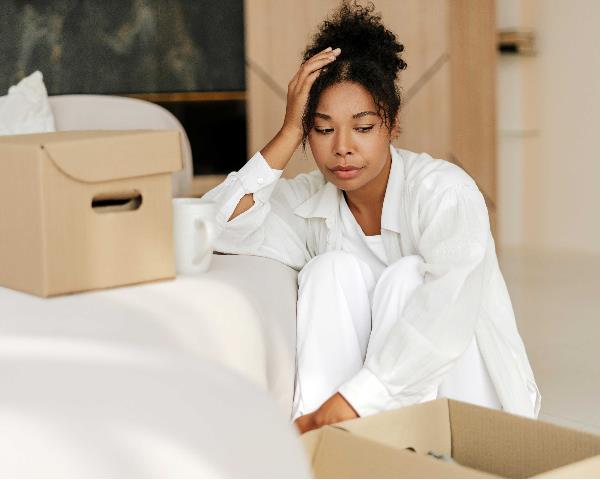




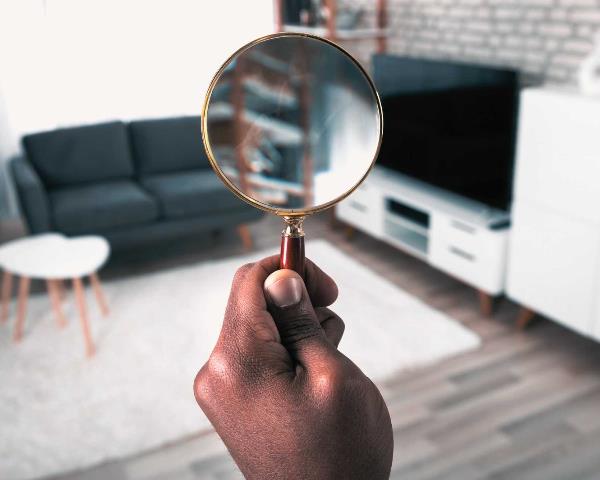






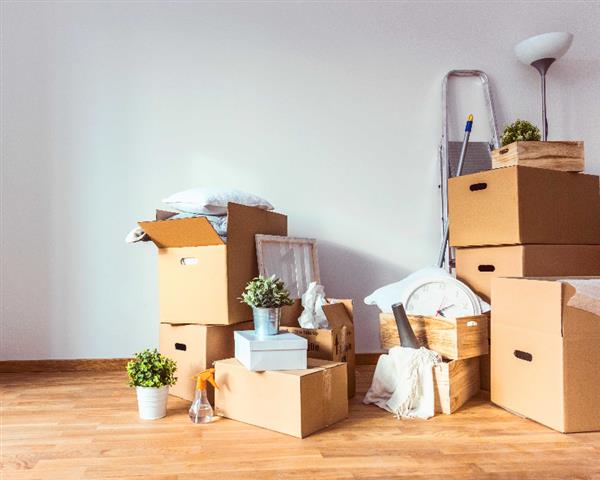








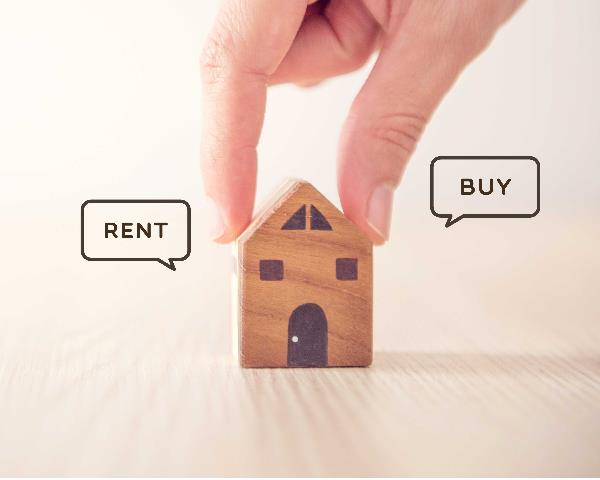



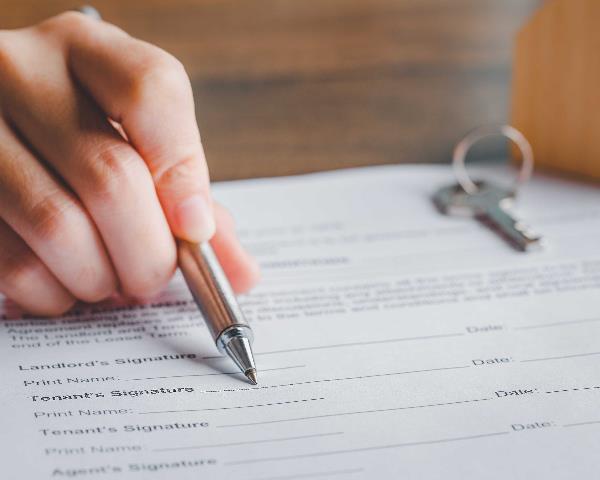
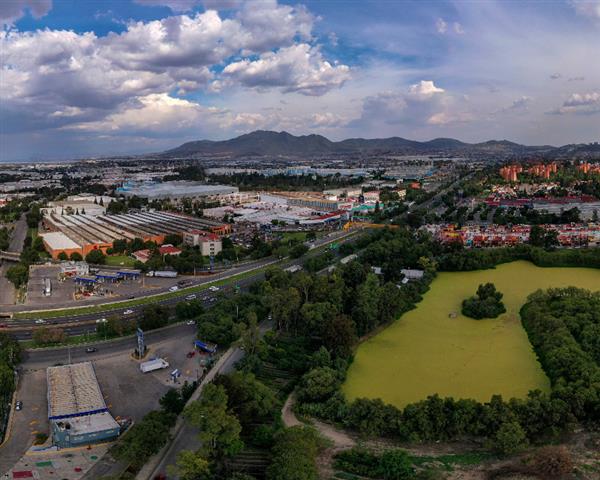
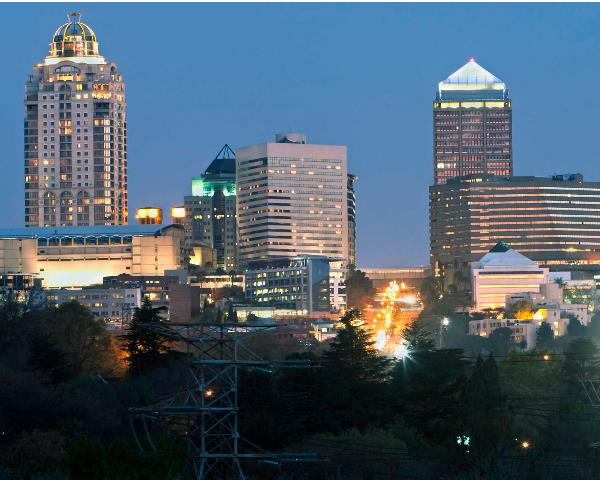


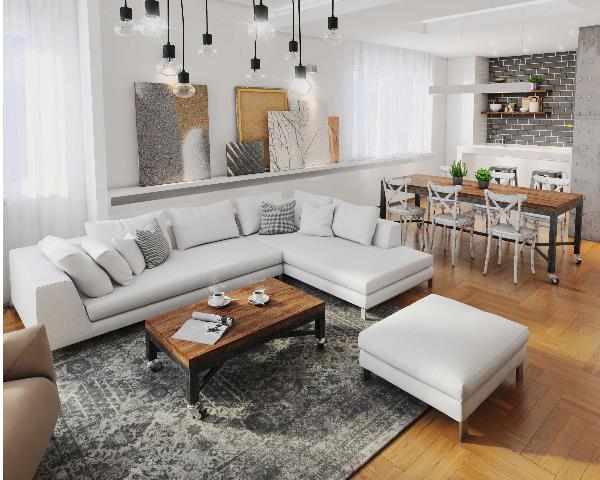






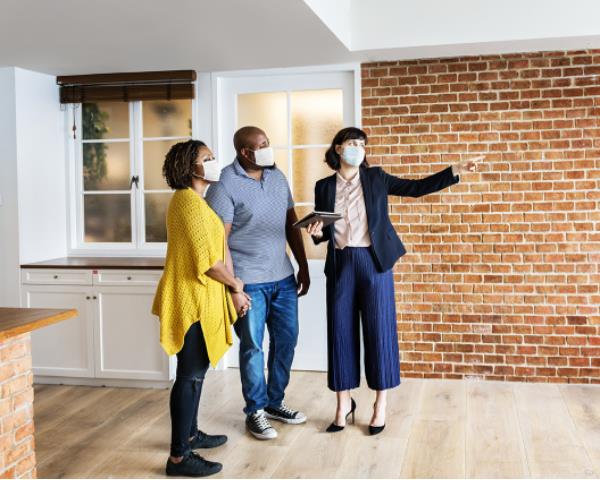

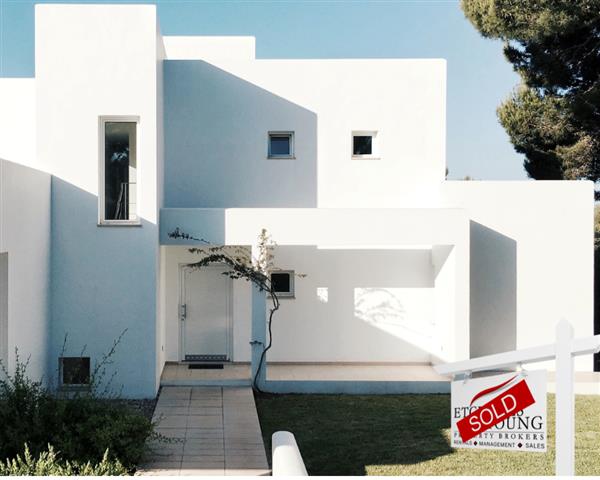
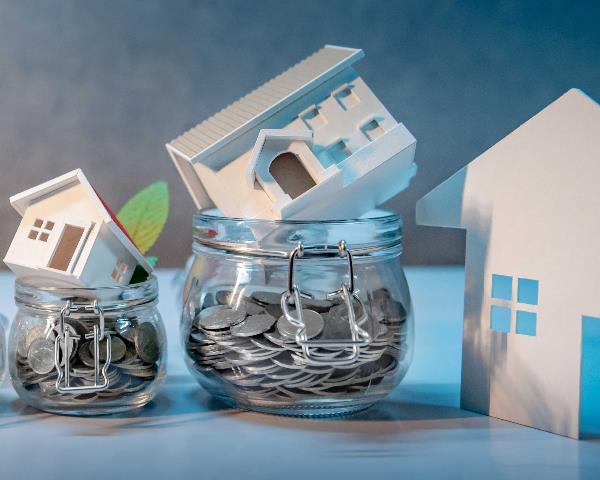


![What is POPIA? [Part 1]](https://s3.entegral.net/news/Thumbnail_2021_10_18_11_53_39_403.jpeg)
